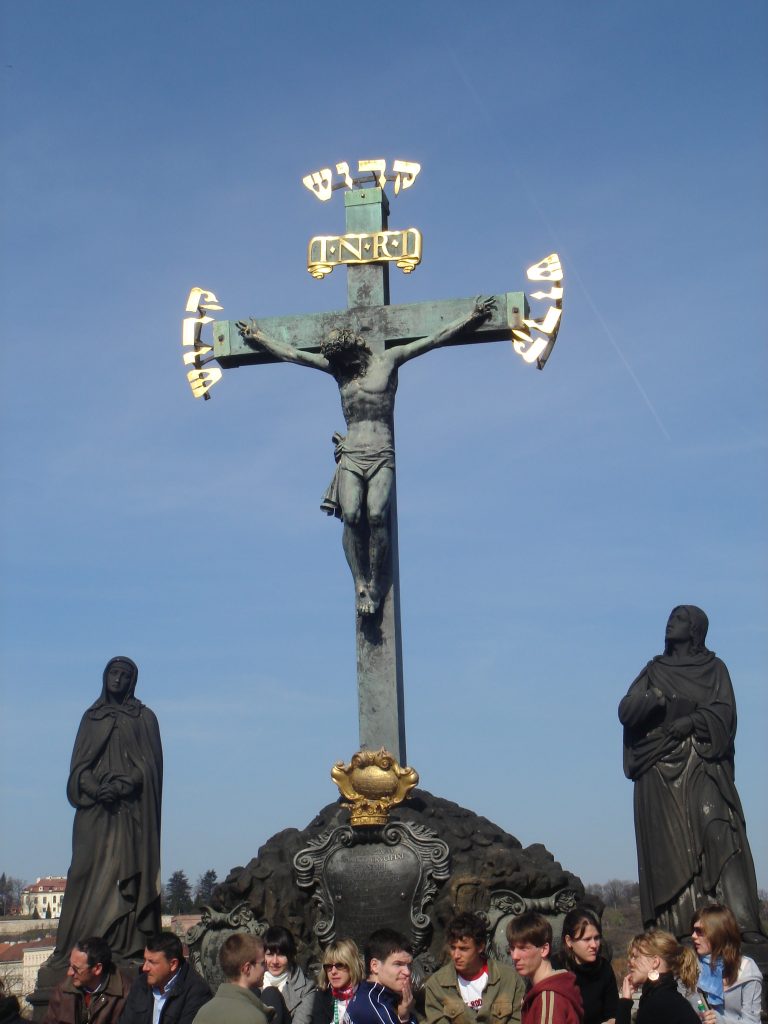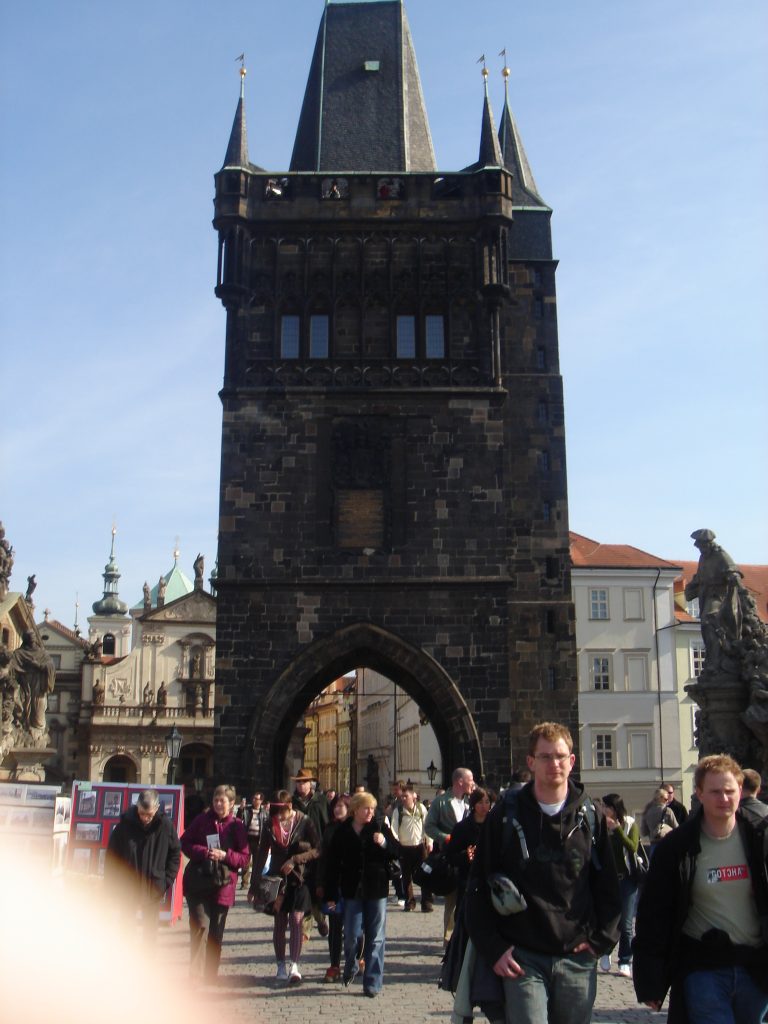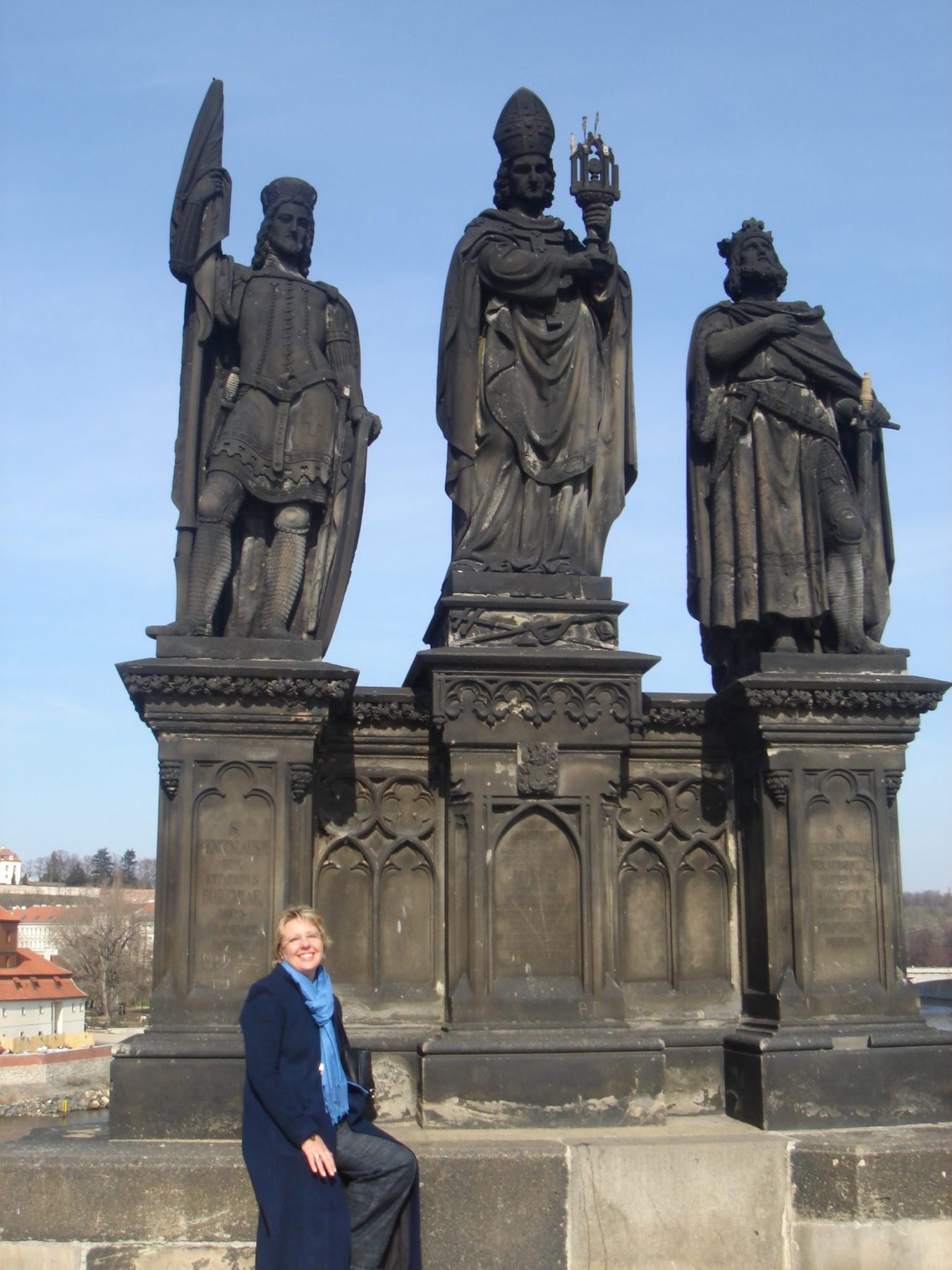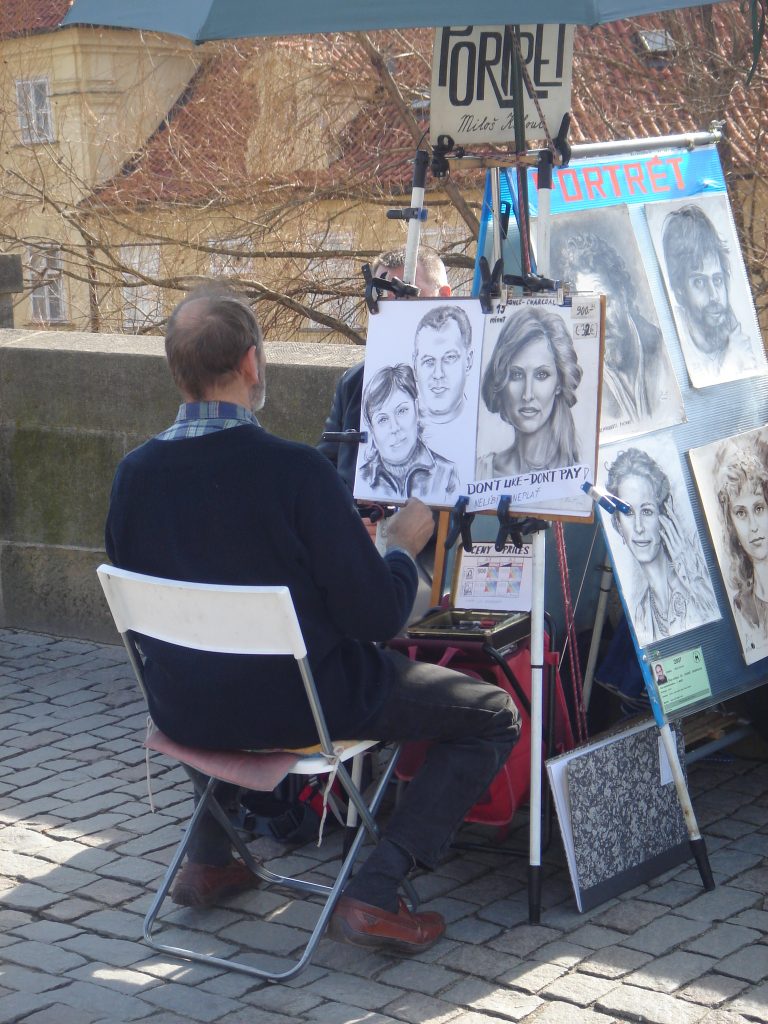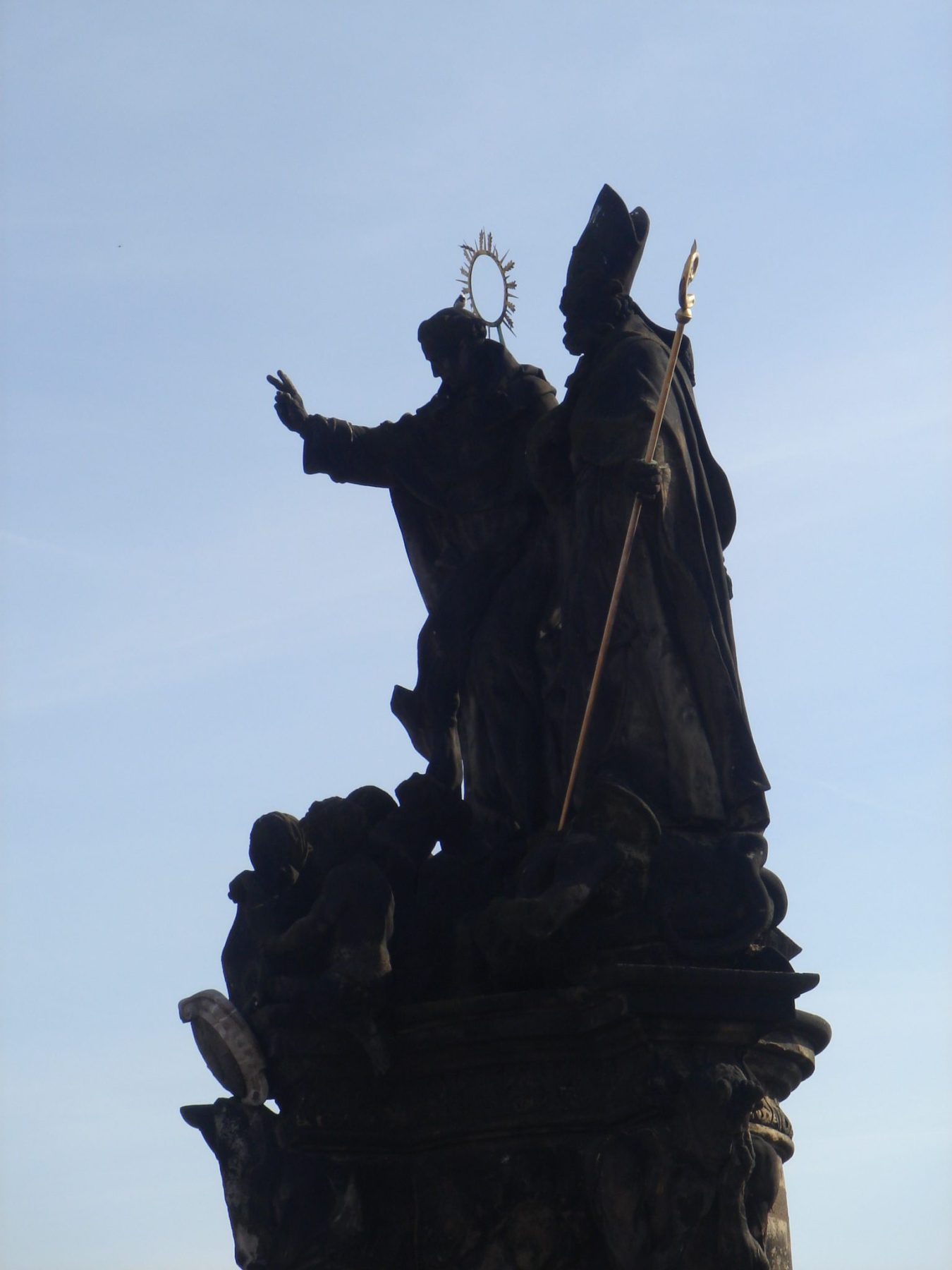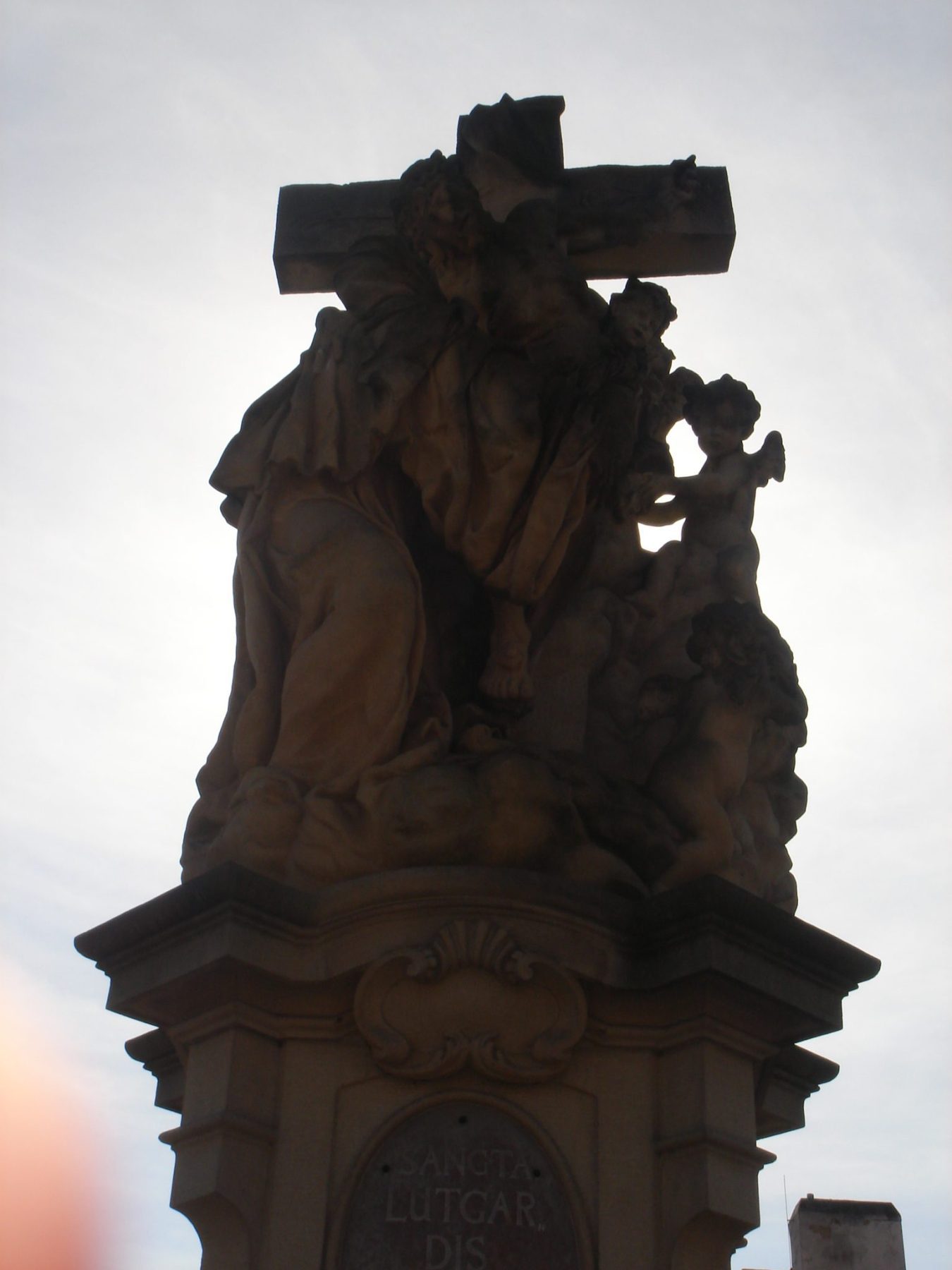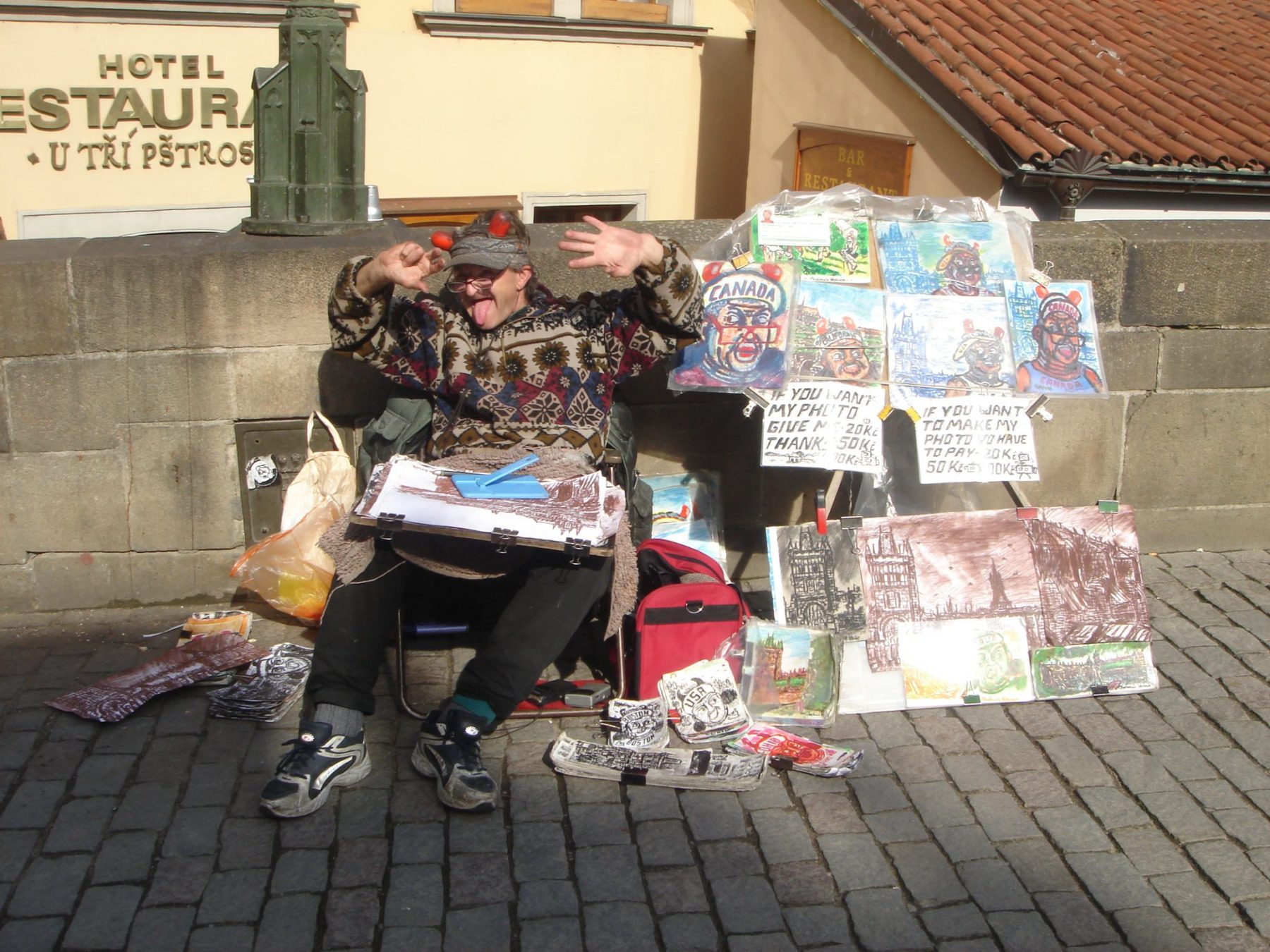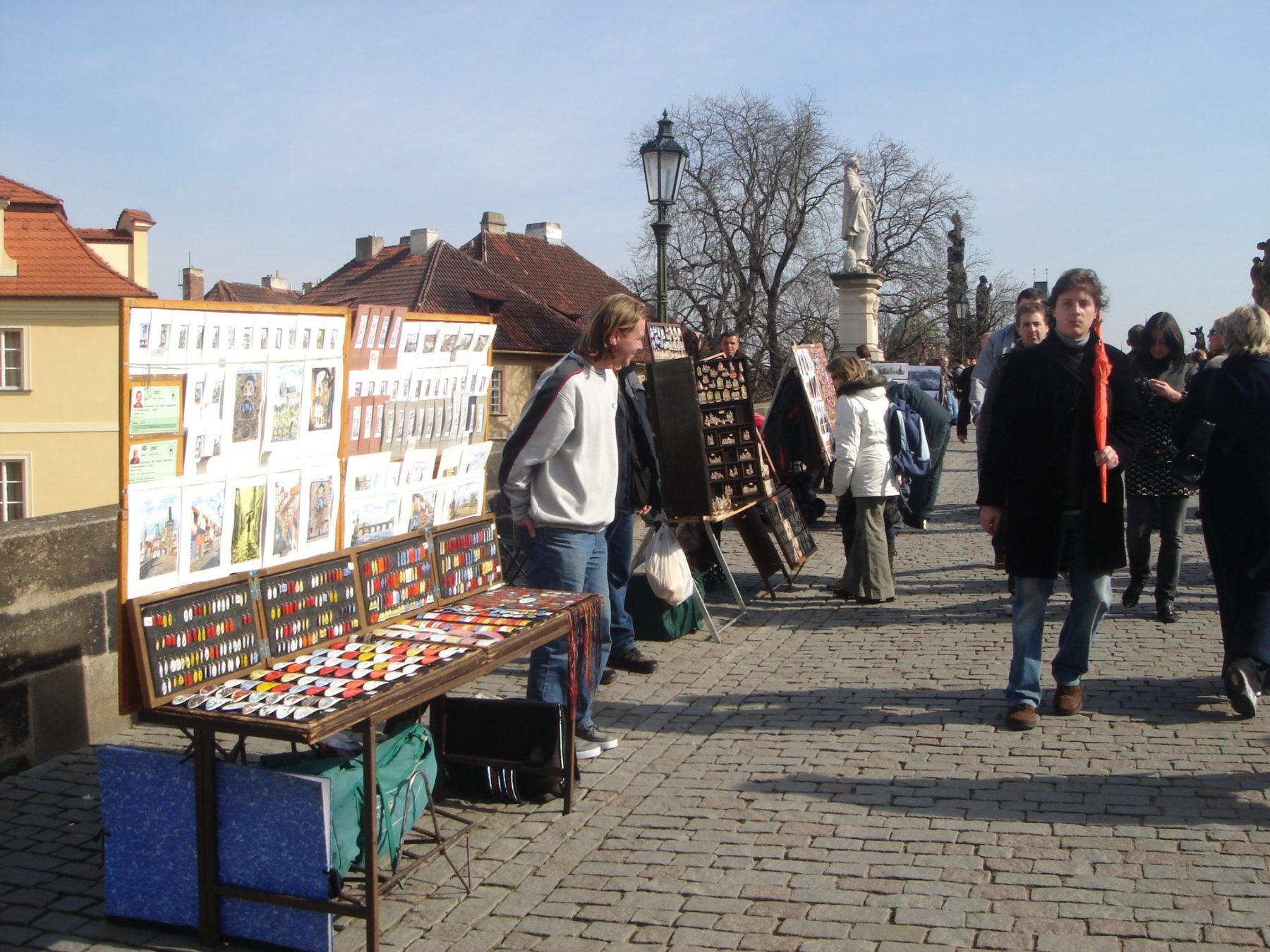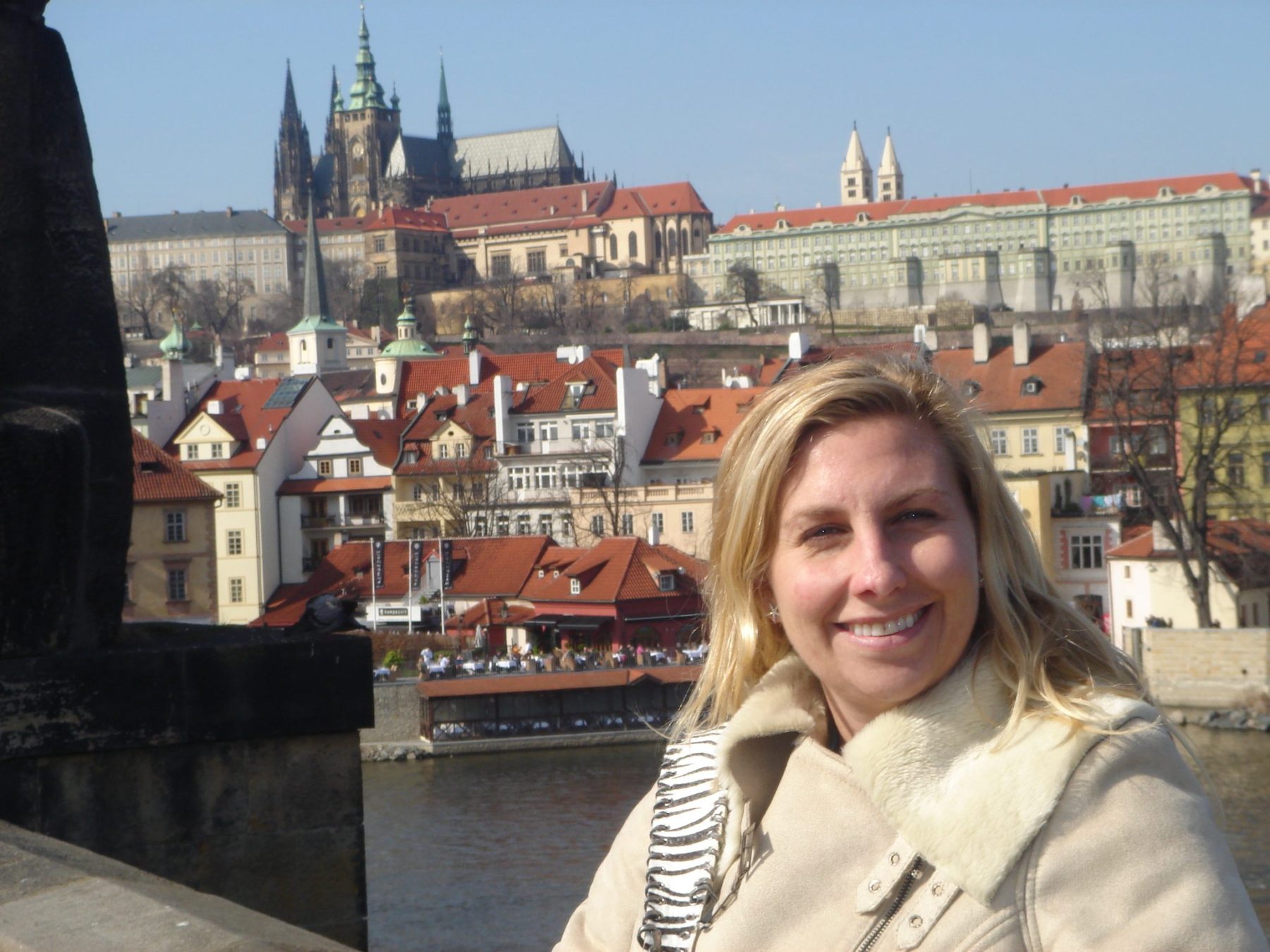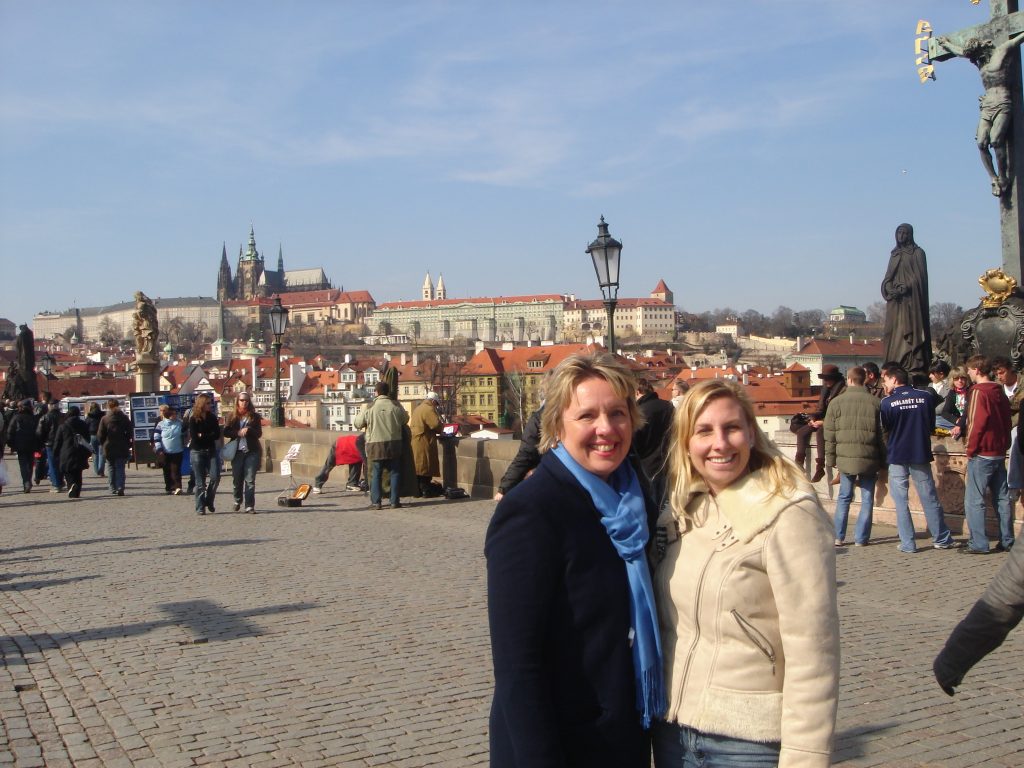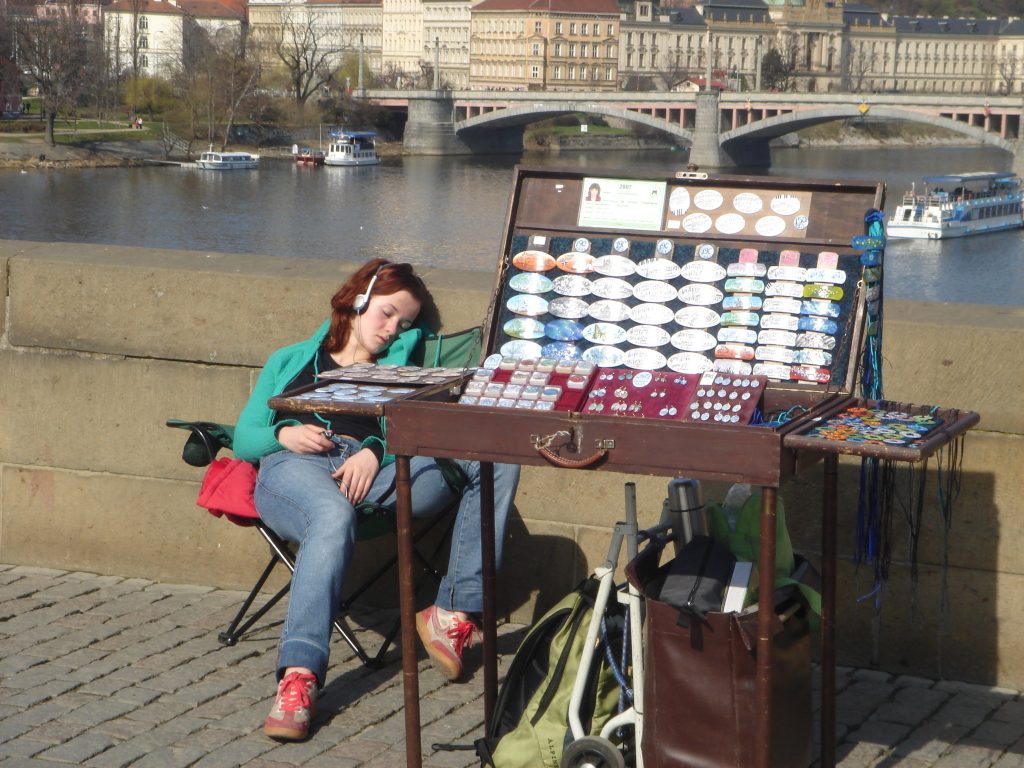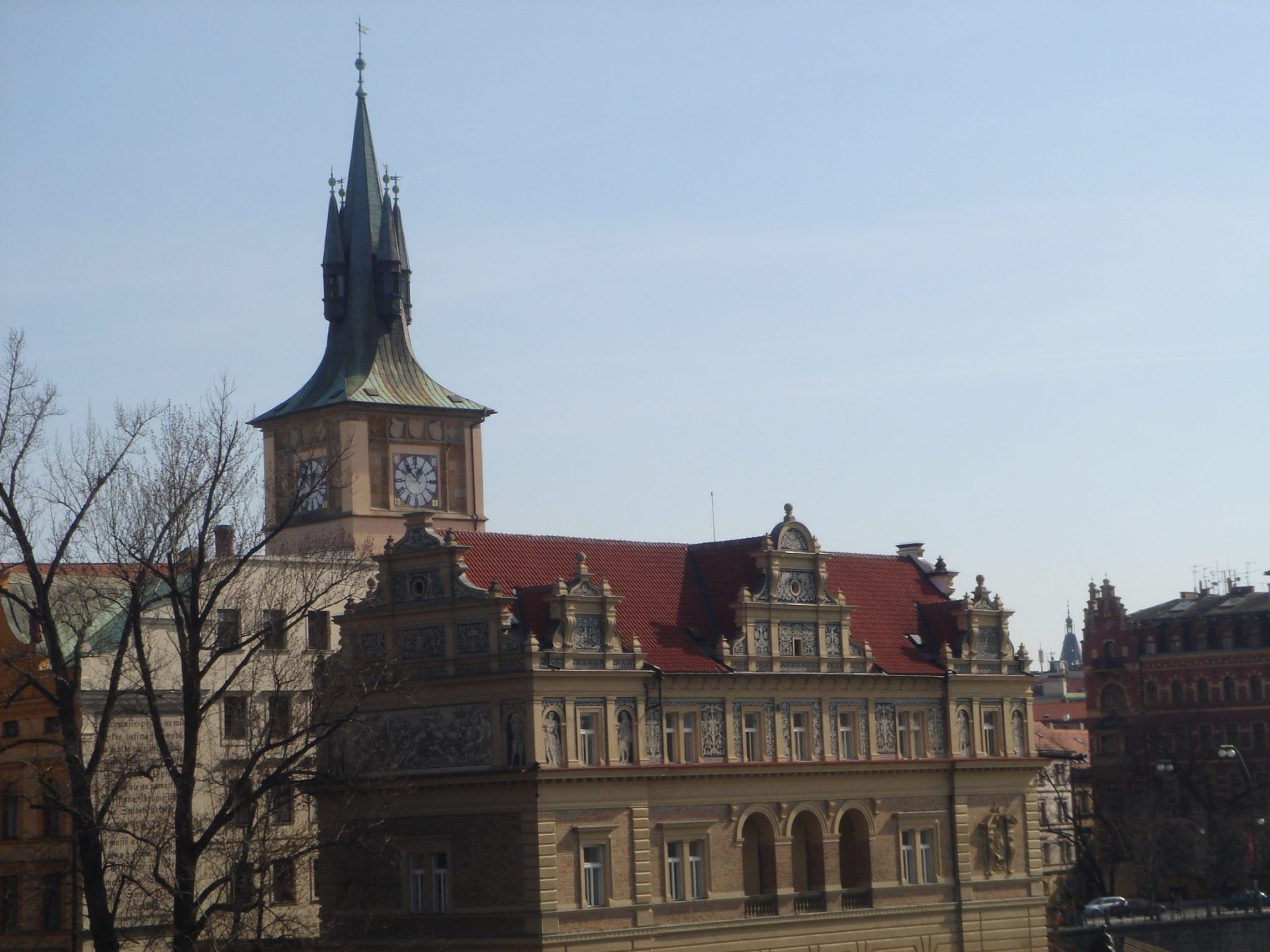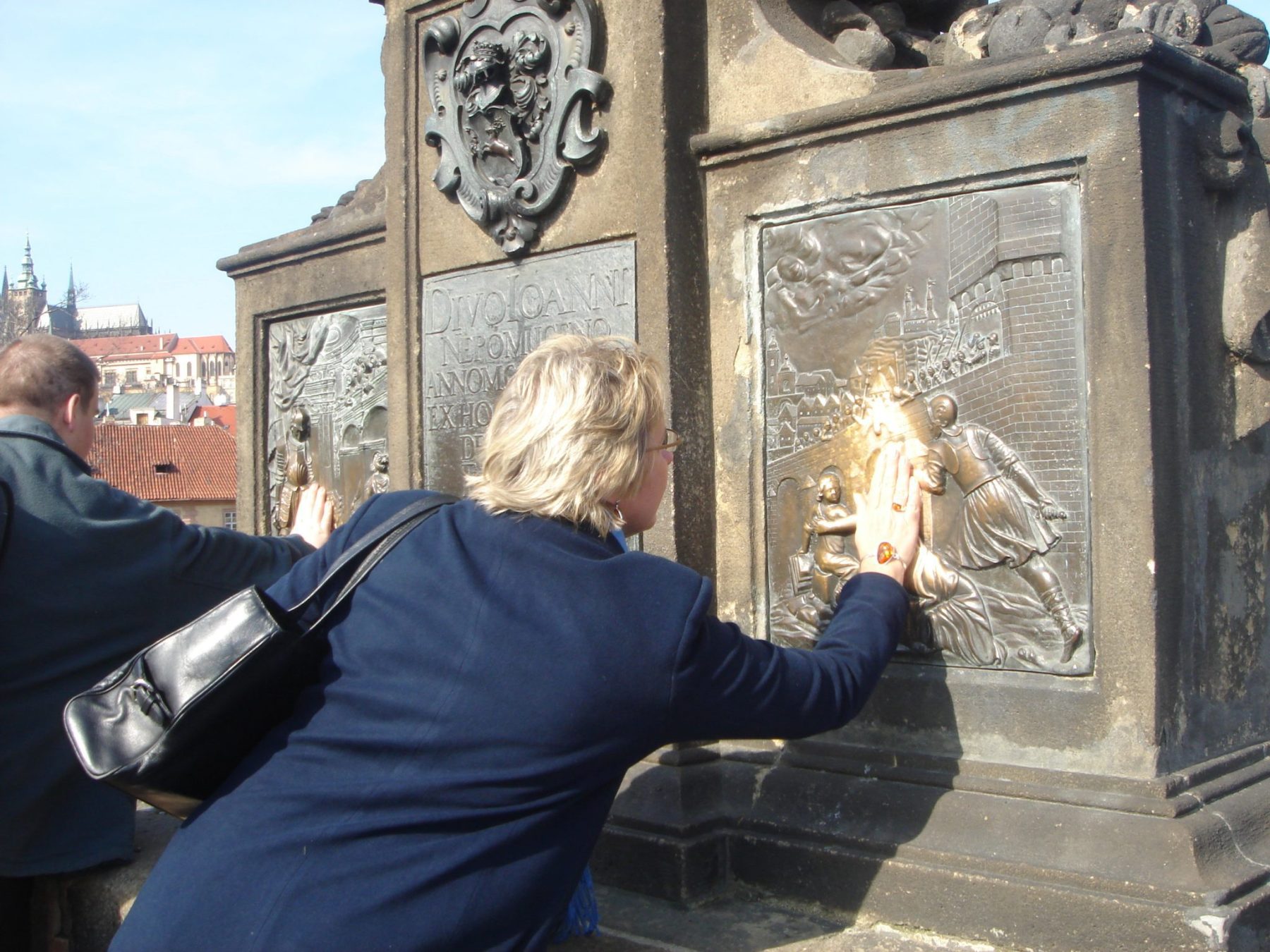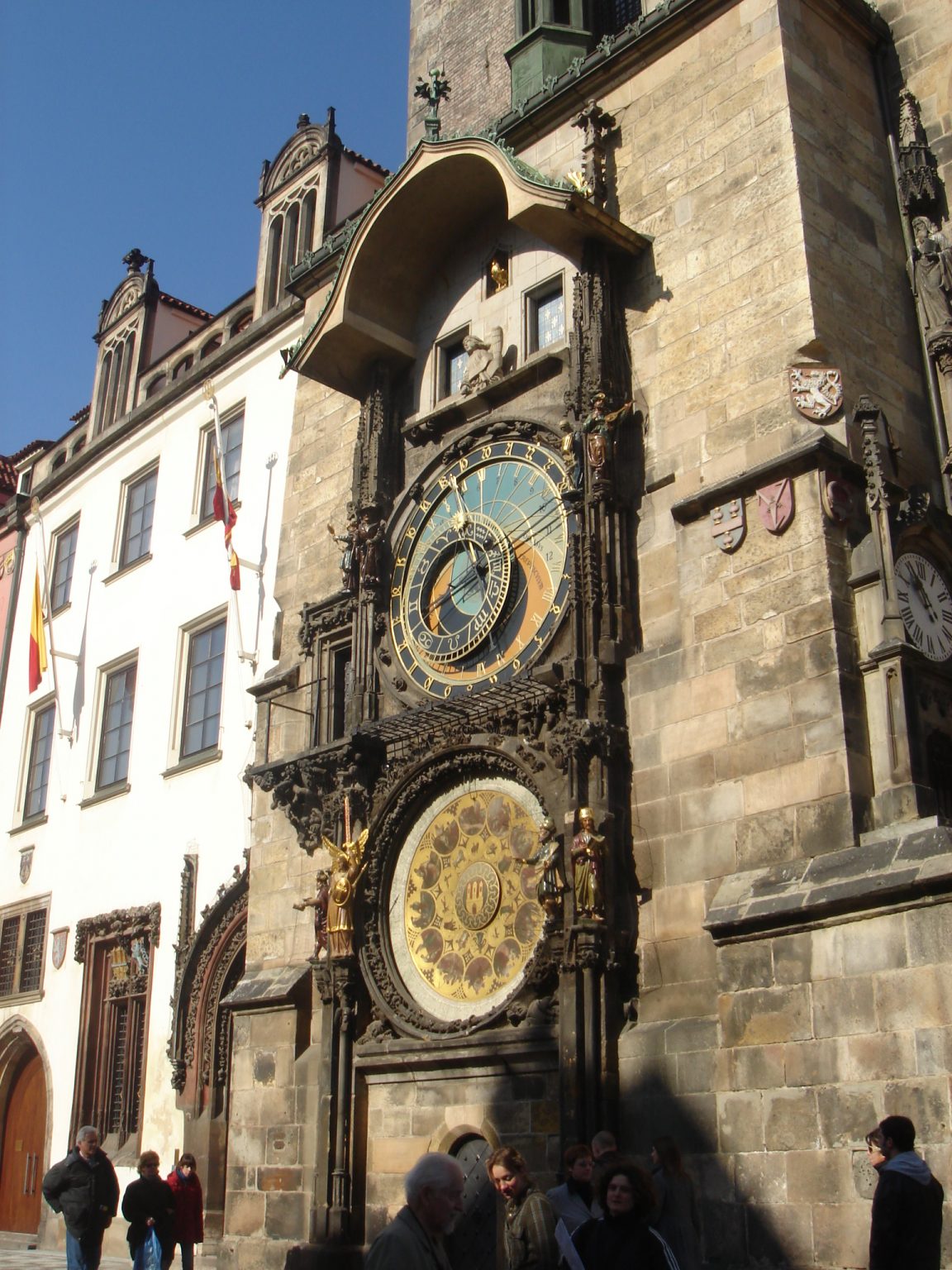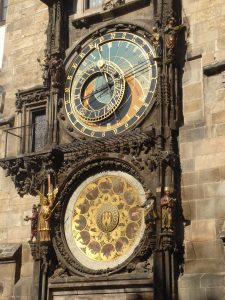🙂 Incredible history. We first visited in 2002 to meet our au pair’s family when it was far less touristy.
🙁 Very touristy now.
2003
We had the privilege of being introduced to the Czech Republic by our wonderful au pair called Hannah who joined us on 14 February 2000. A nineteen year old from a very different world who took the bull by the horns…she is now happily married in the UK with a family of her own.
After Hanna we had a few other lovely couples who shared a bit of time with us and who we joined in their home country. Here are a few experts of those times. This was in 2003…
The lovely Adriana and George in Prague…. Adriana has climbed the ranks at Merrill Lynch since 2003 and is now VP at Bank of America – she was always destined for great things! 🙂
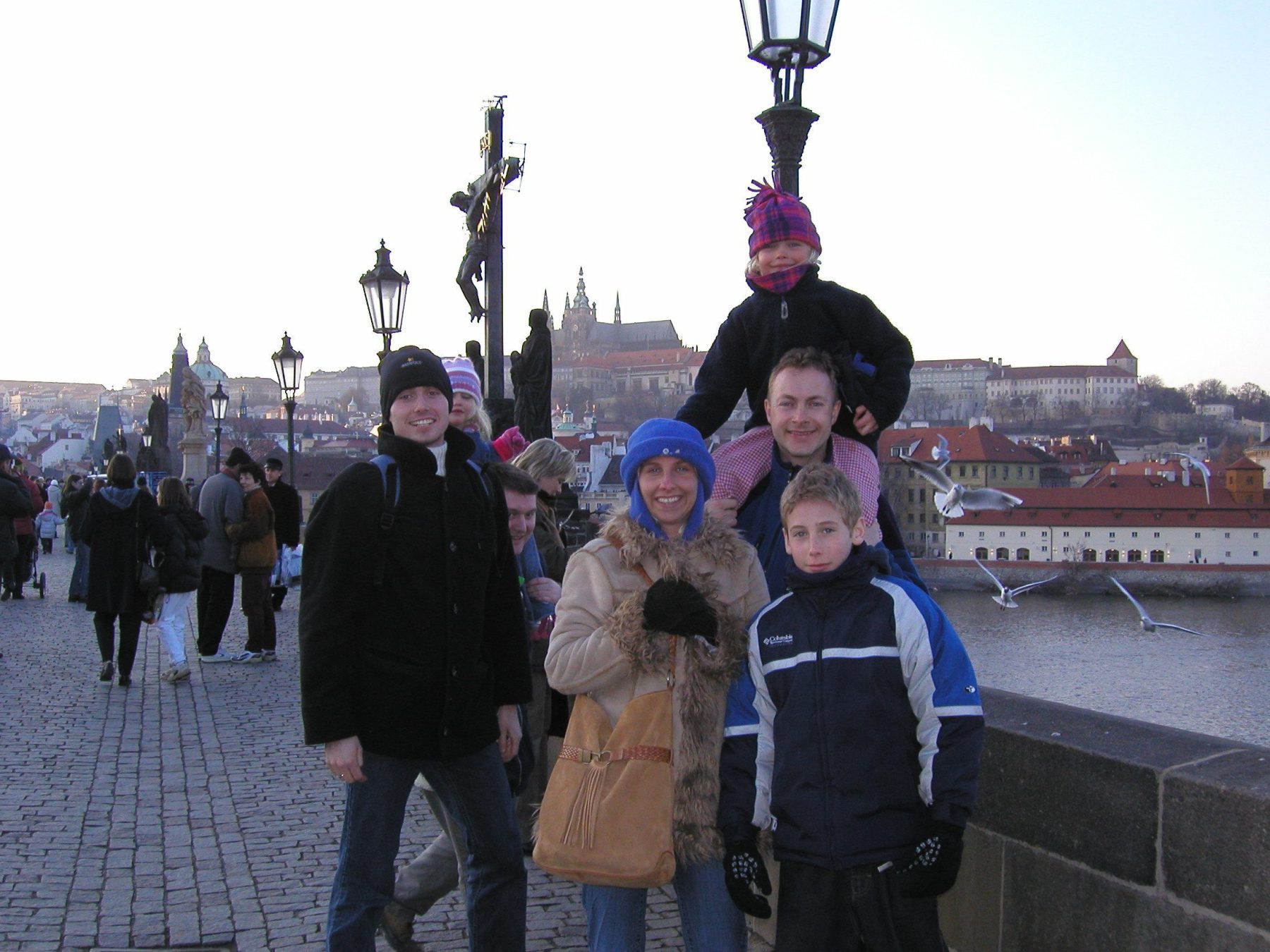

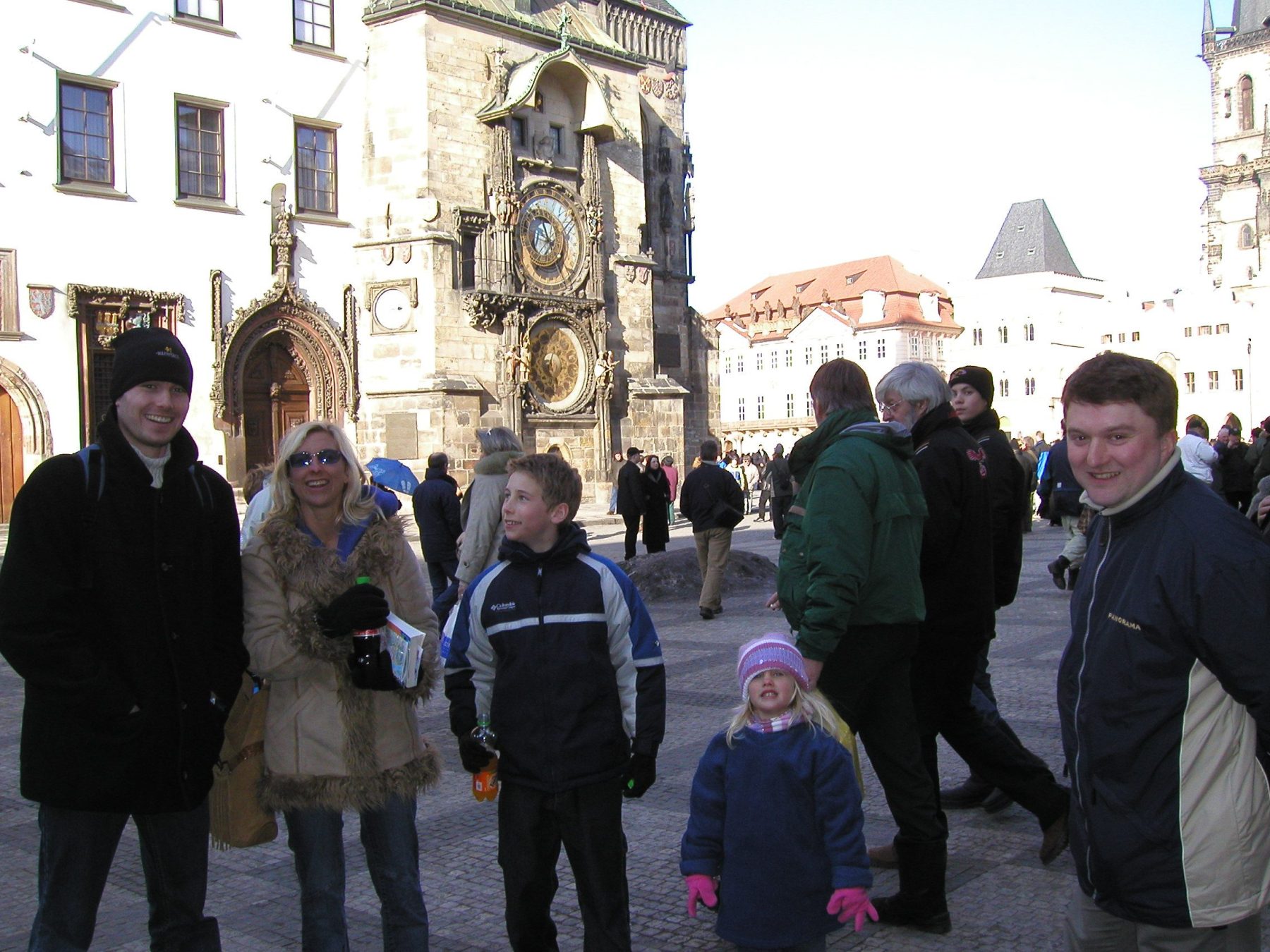
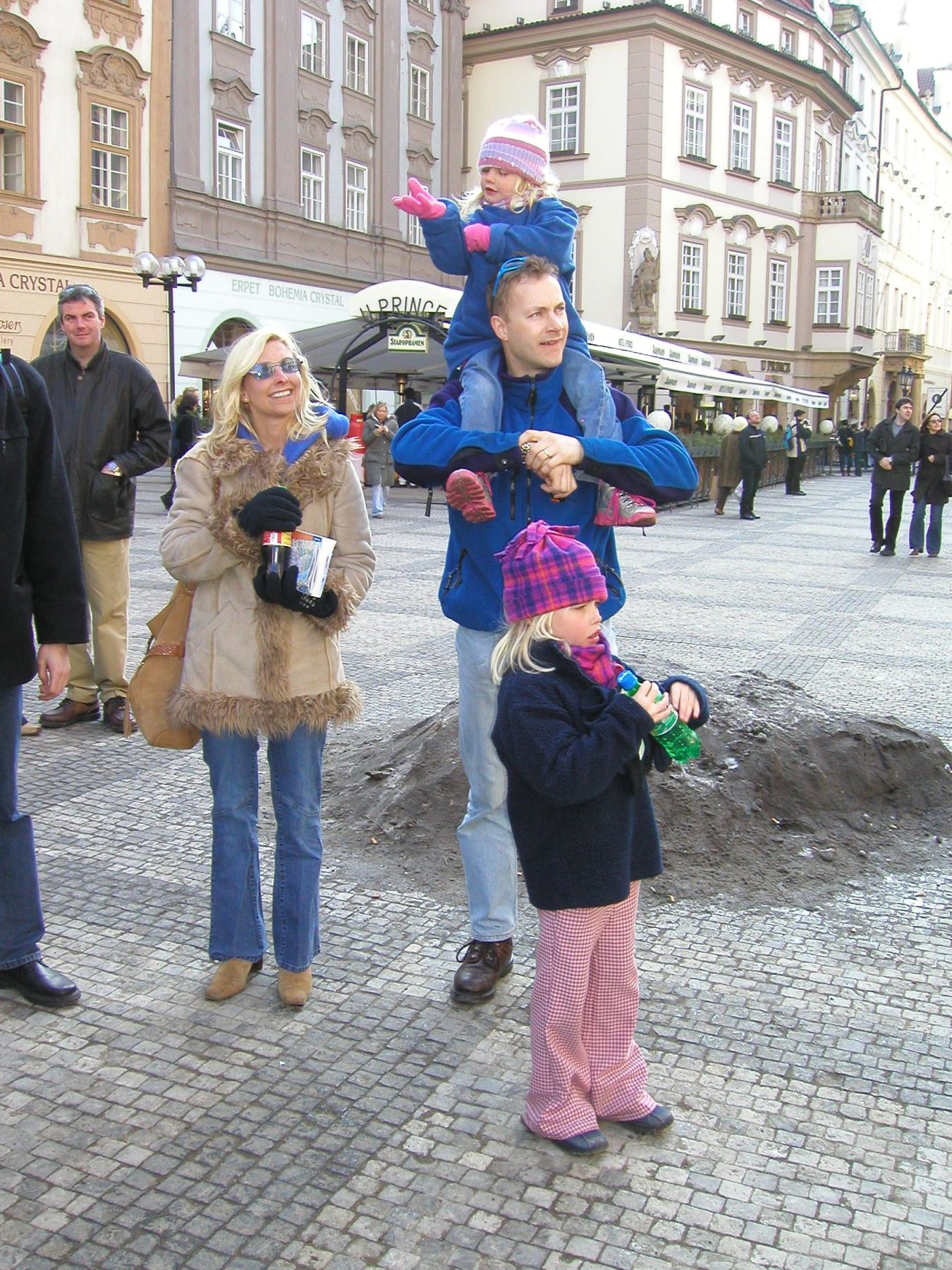
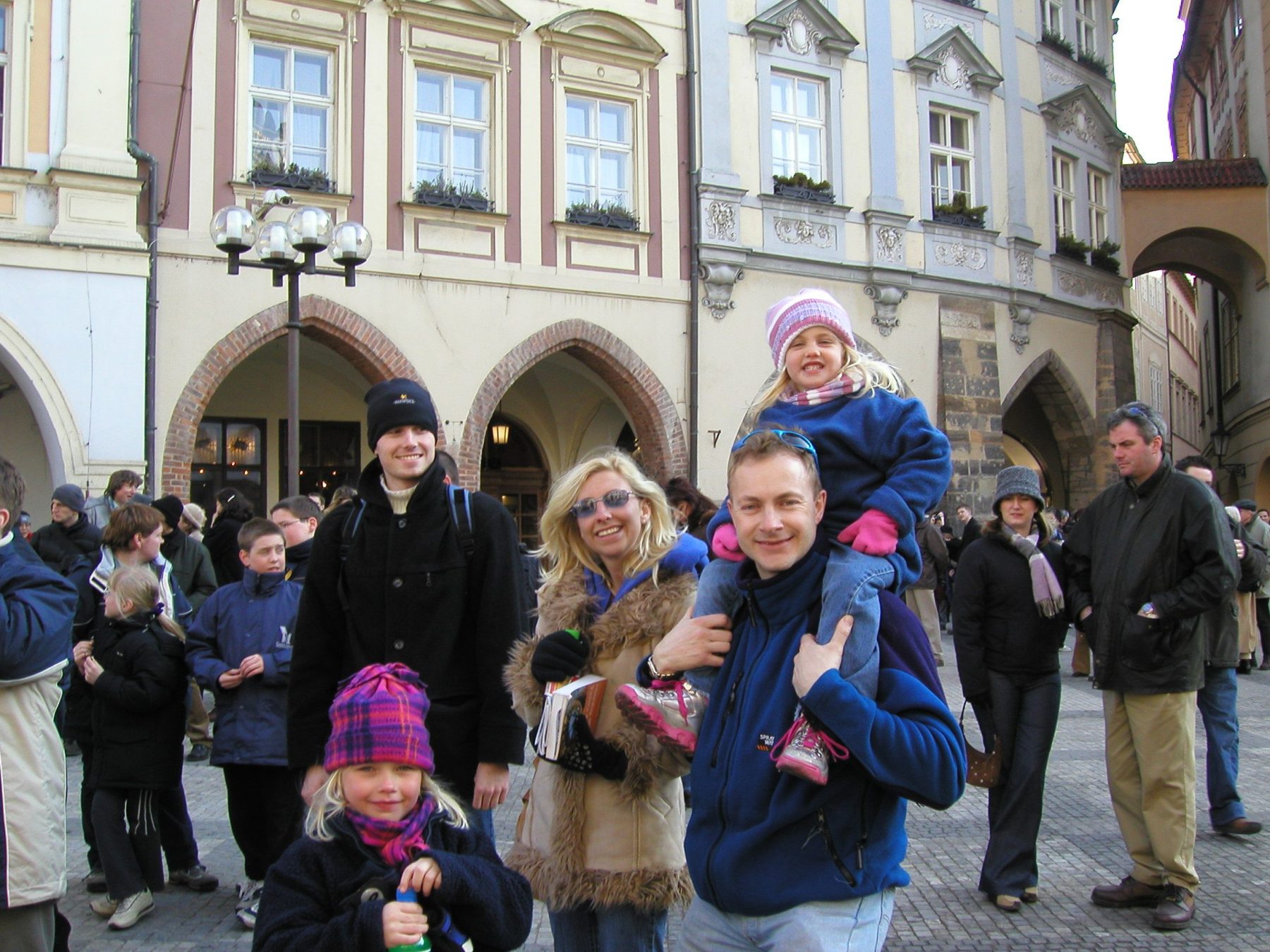
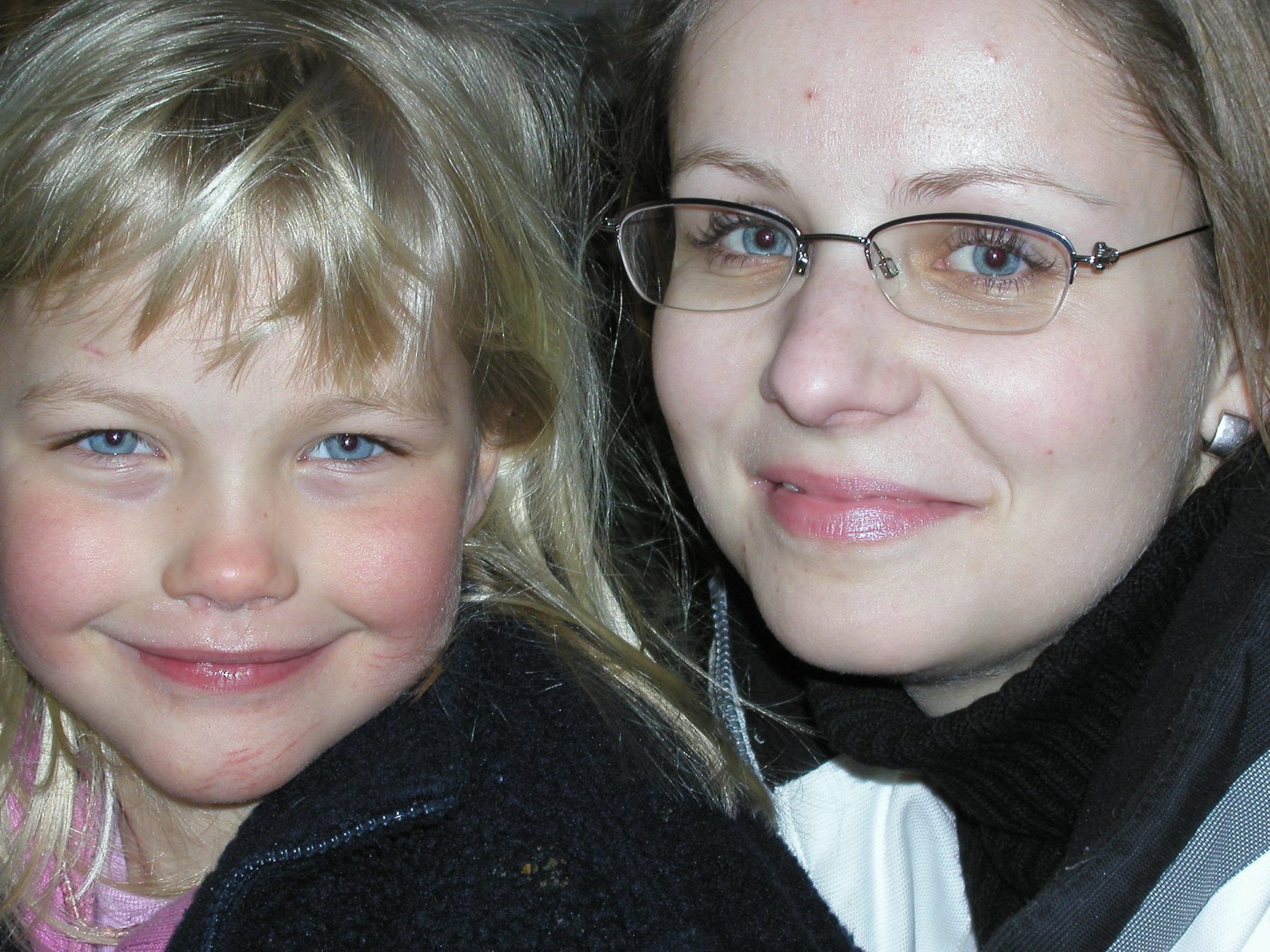
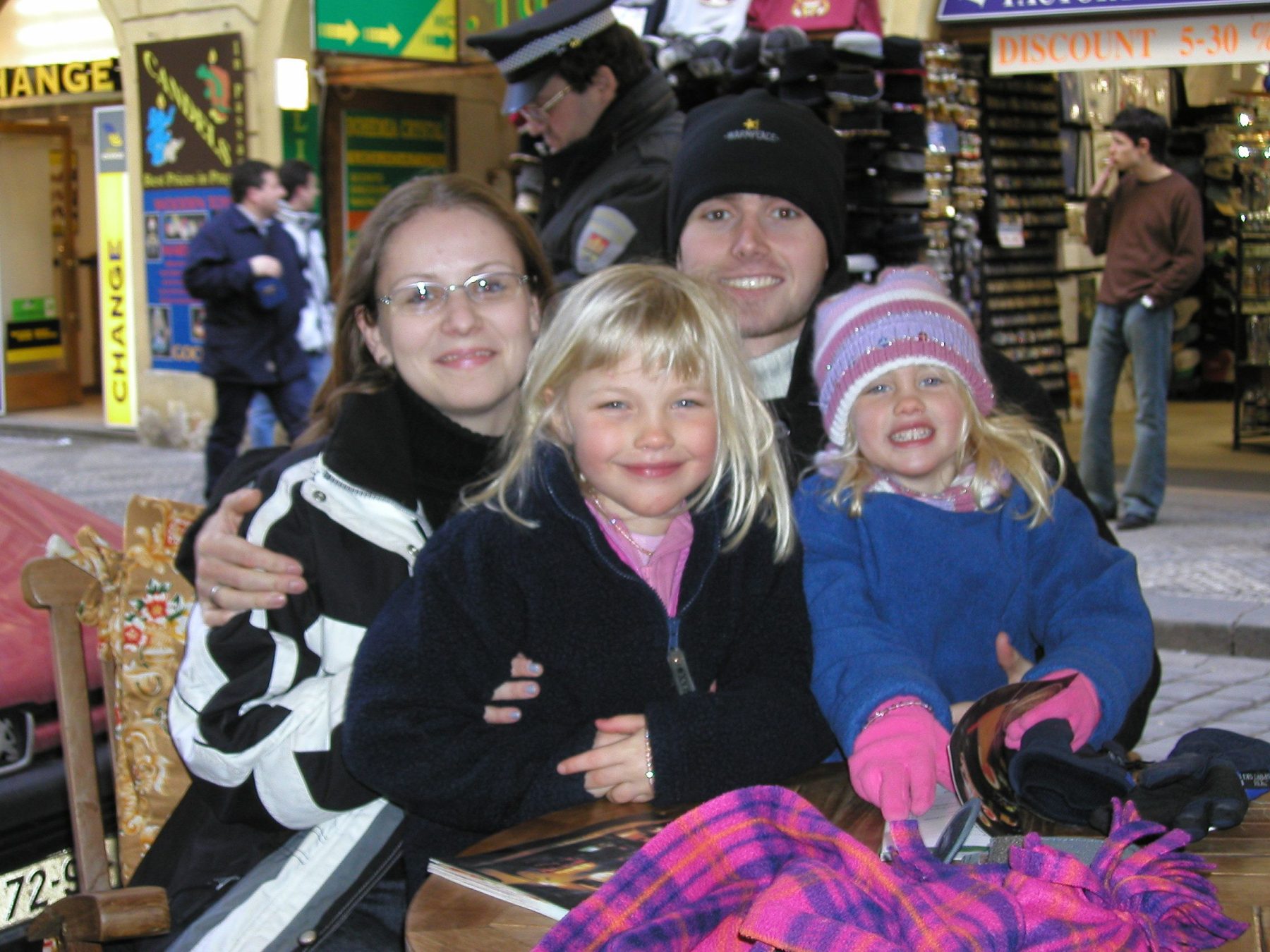
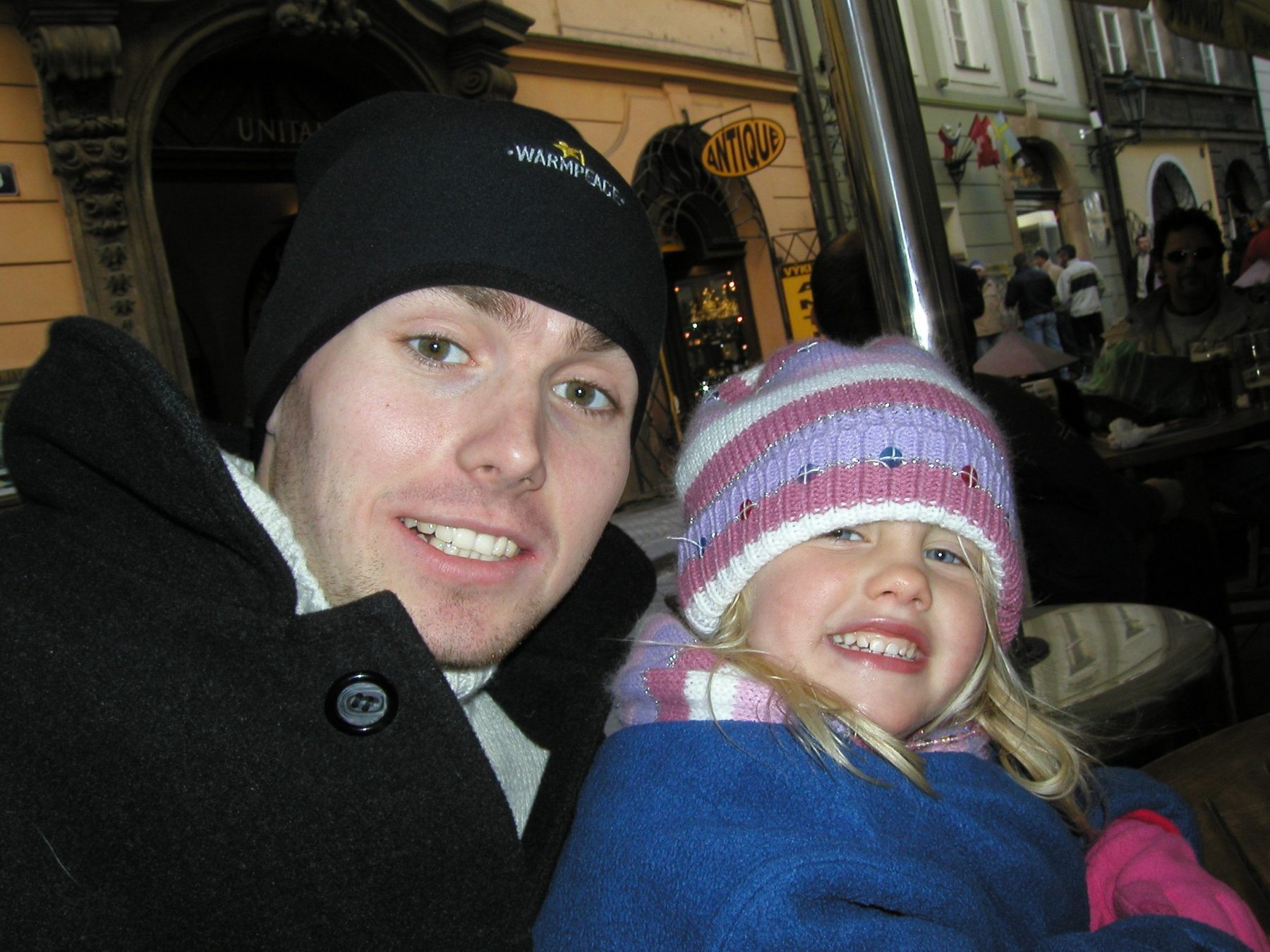
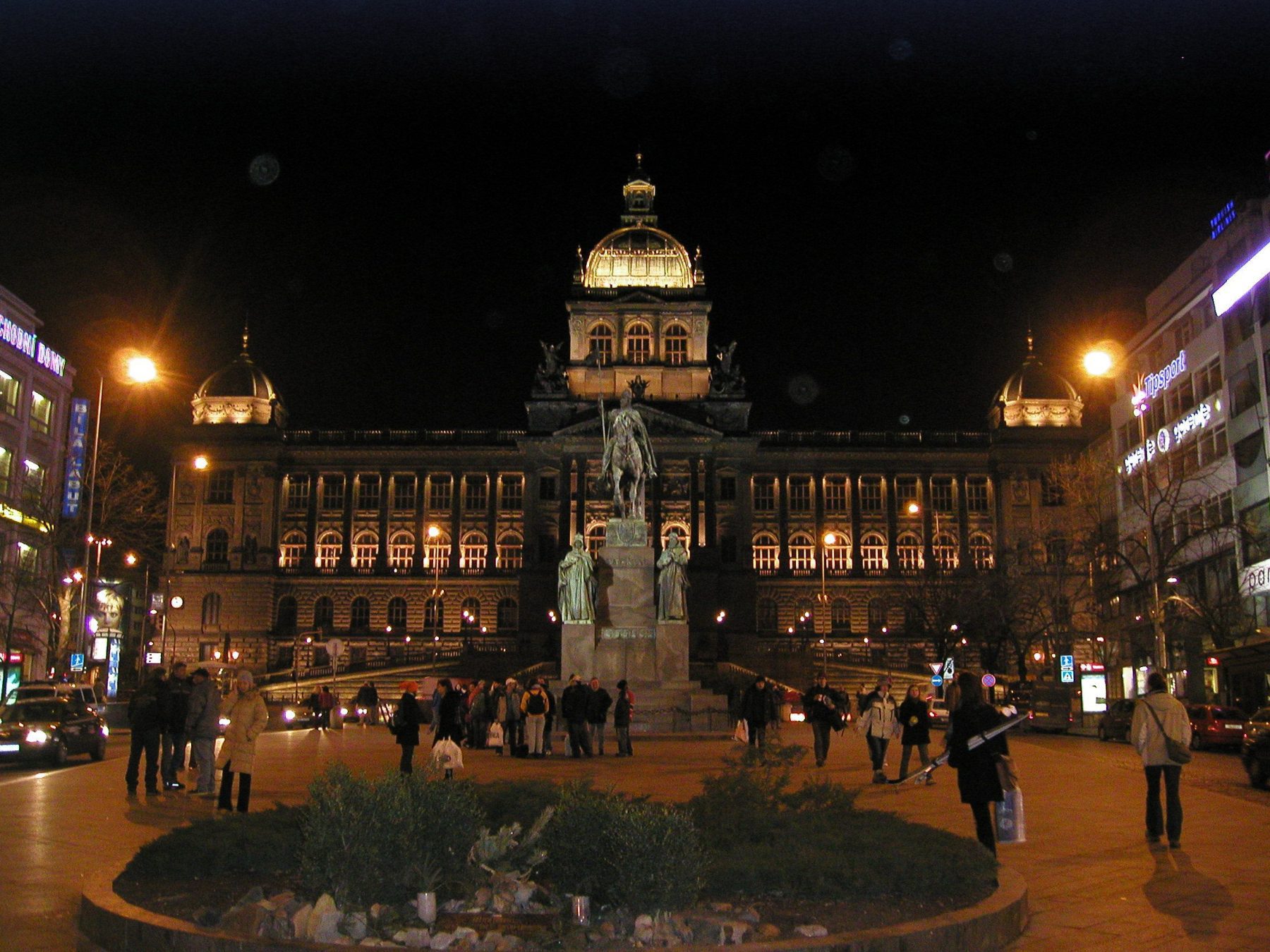
2007
Linda and I met up for a weekend in Prague in March 2007. We had a wonderful time exploring and catching up. Because we arrived late dinner was our first stop at a traditional tavern.
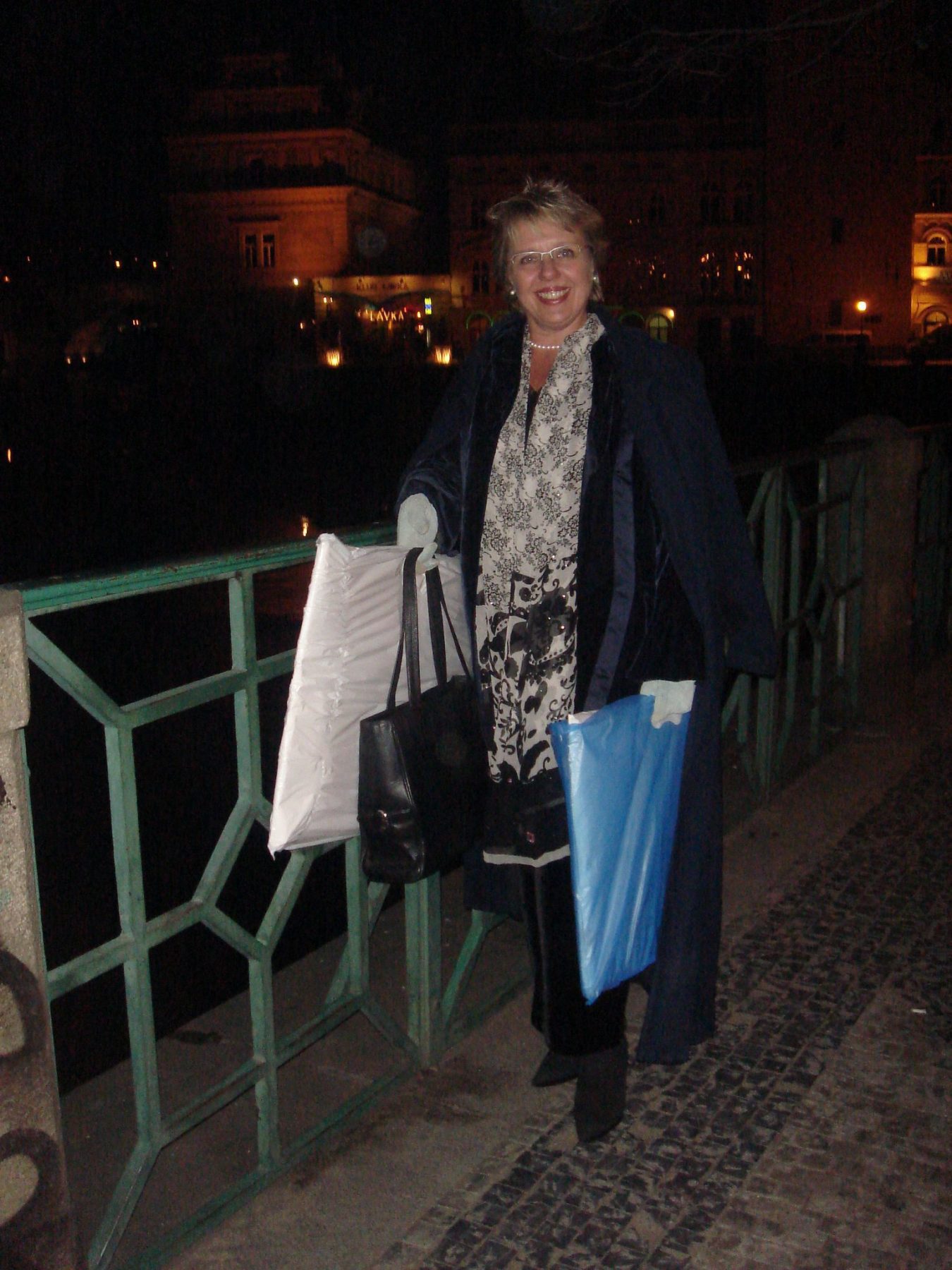
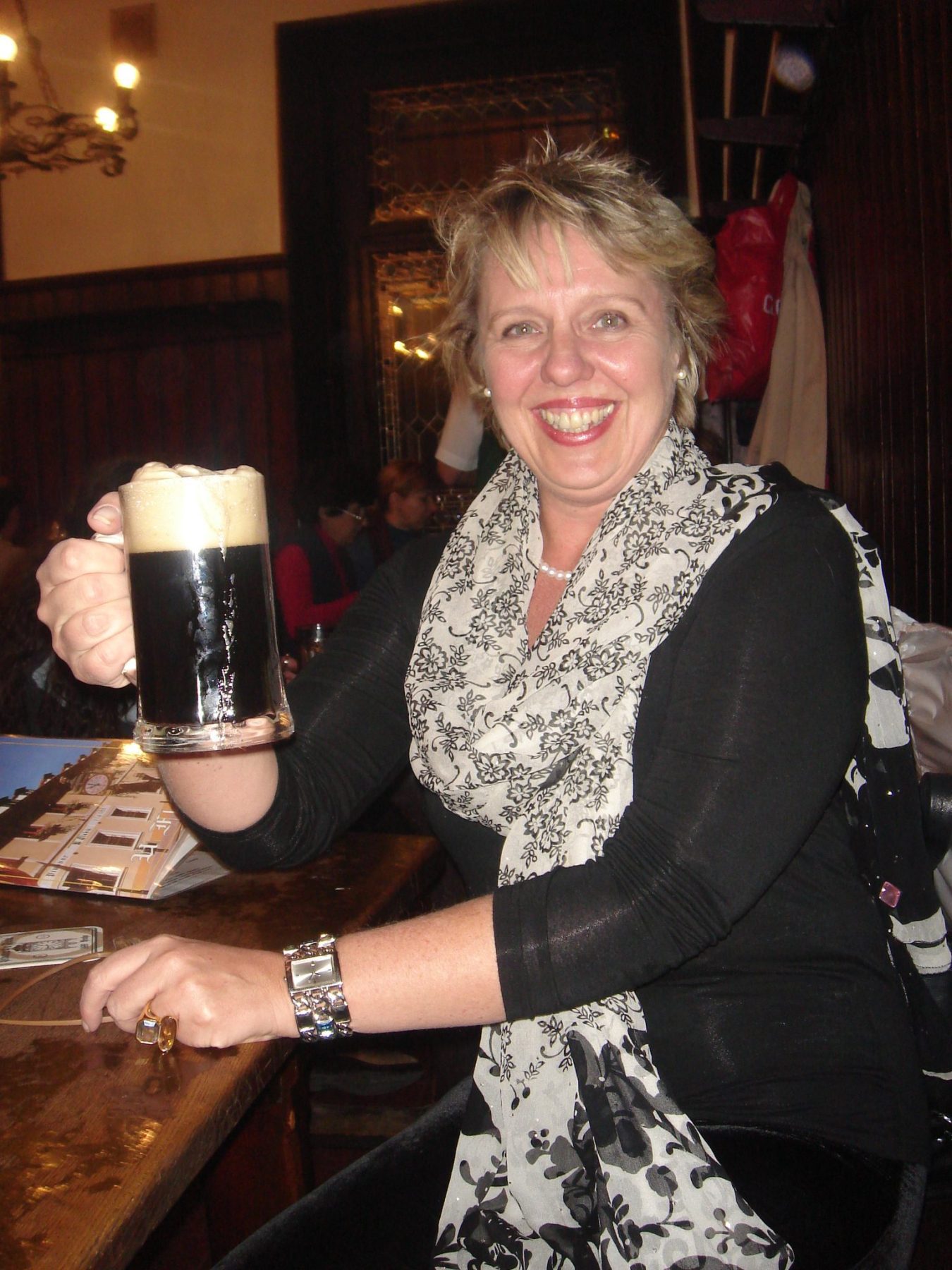
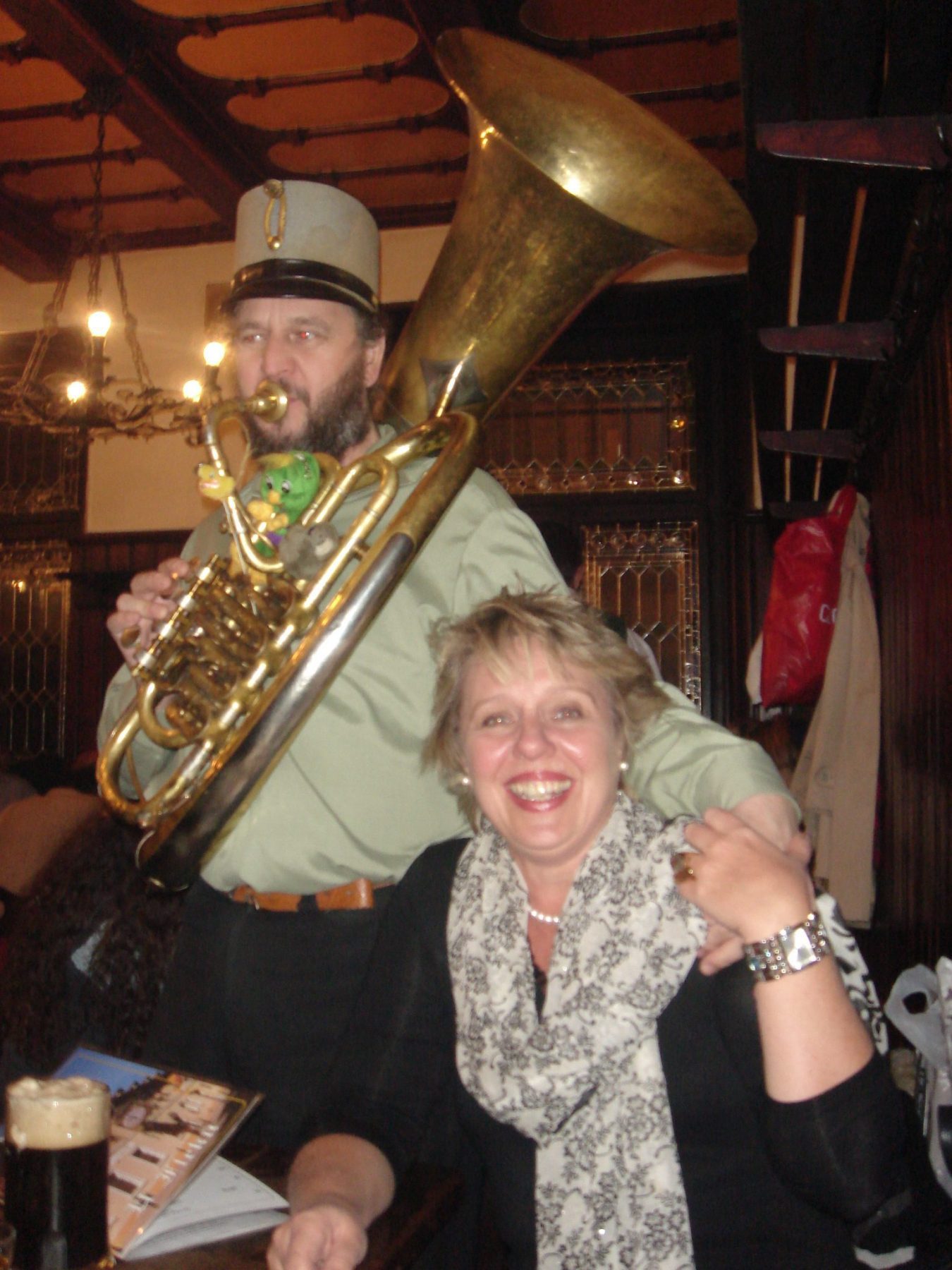
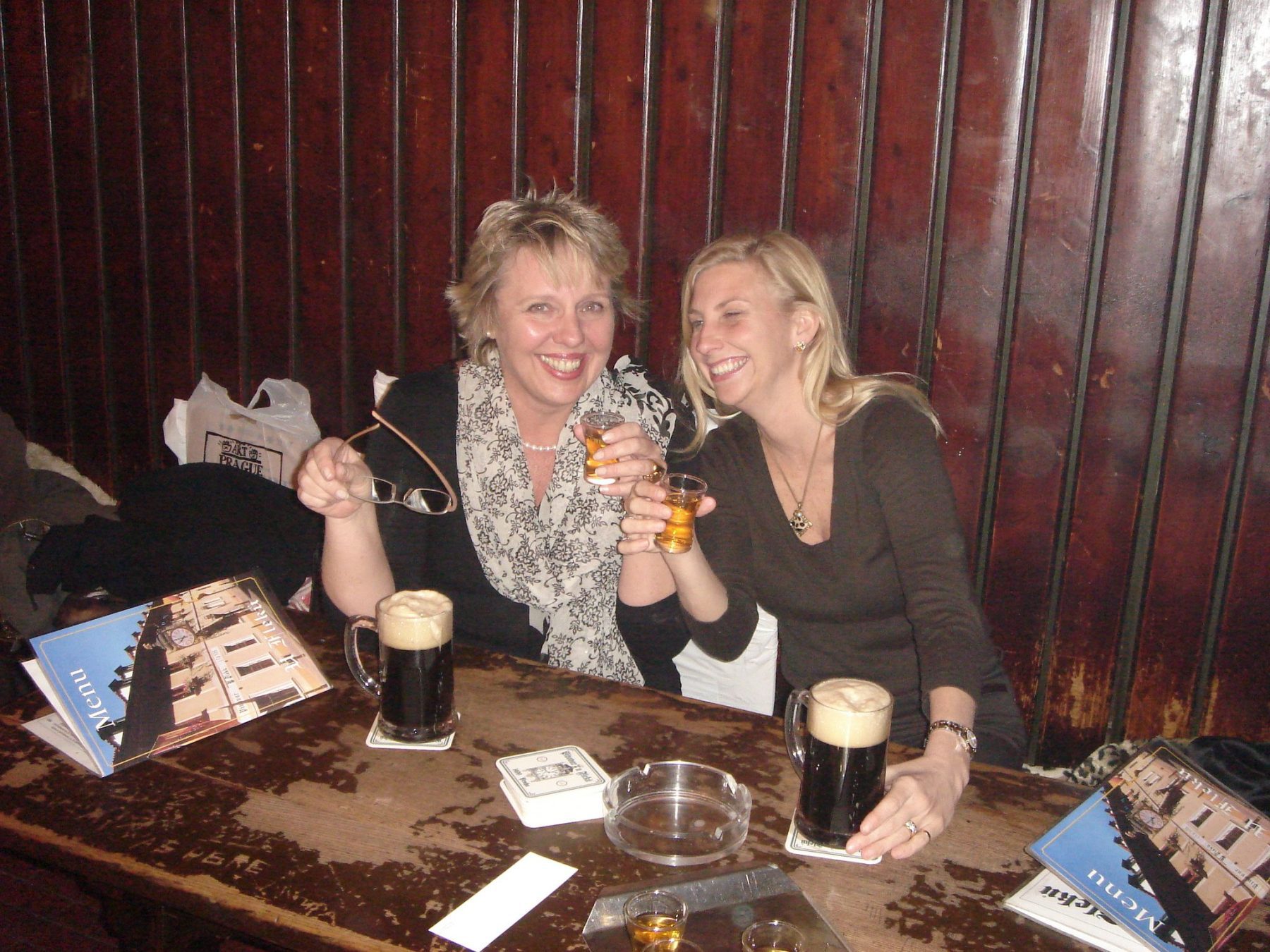

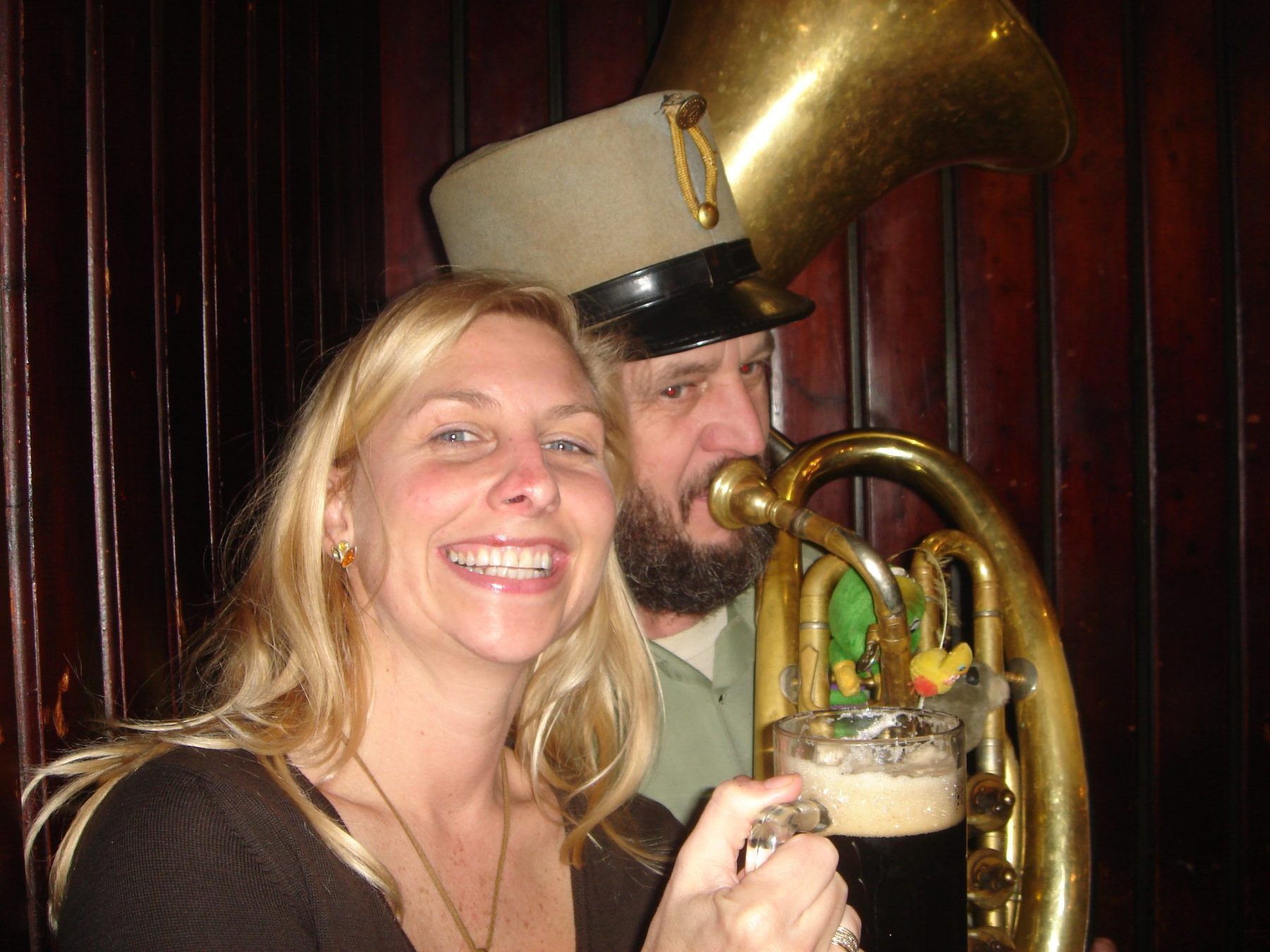
Our hotel was on the Vltava River and we used trams for transport 0 got a bit lost, but that was part of the fun!
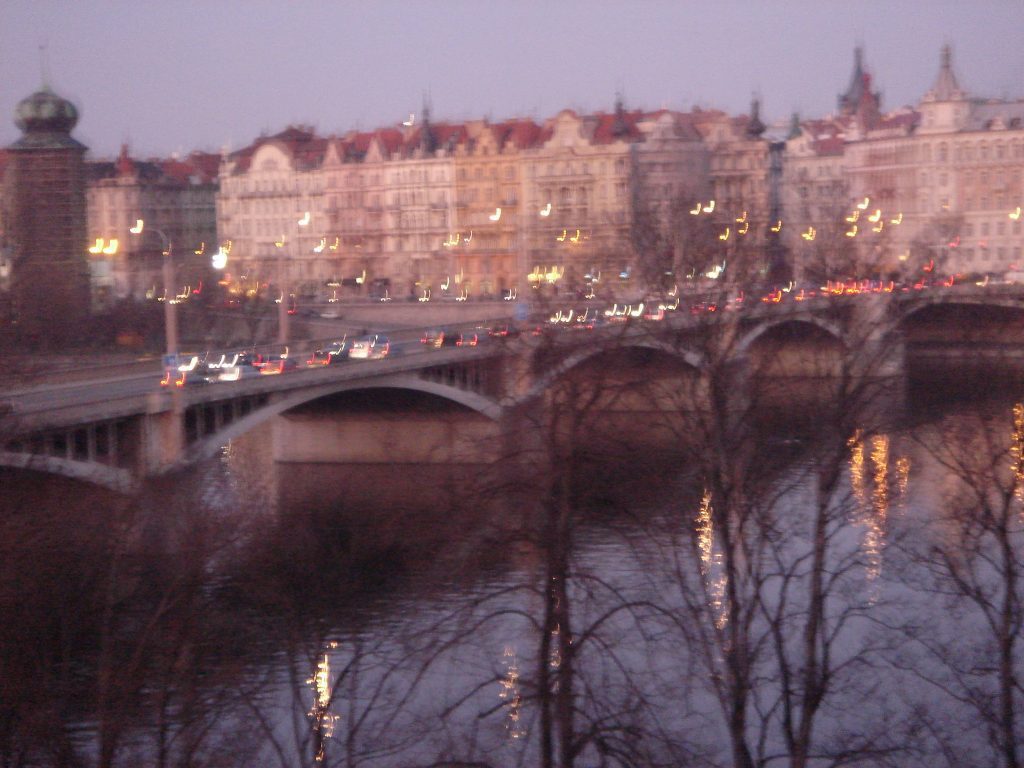
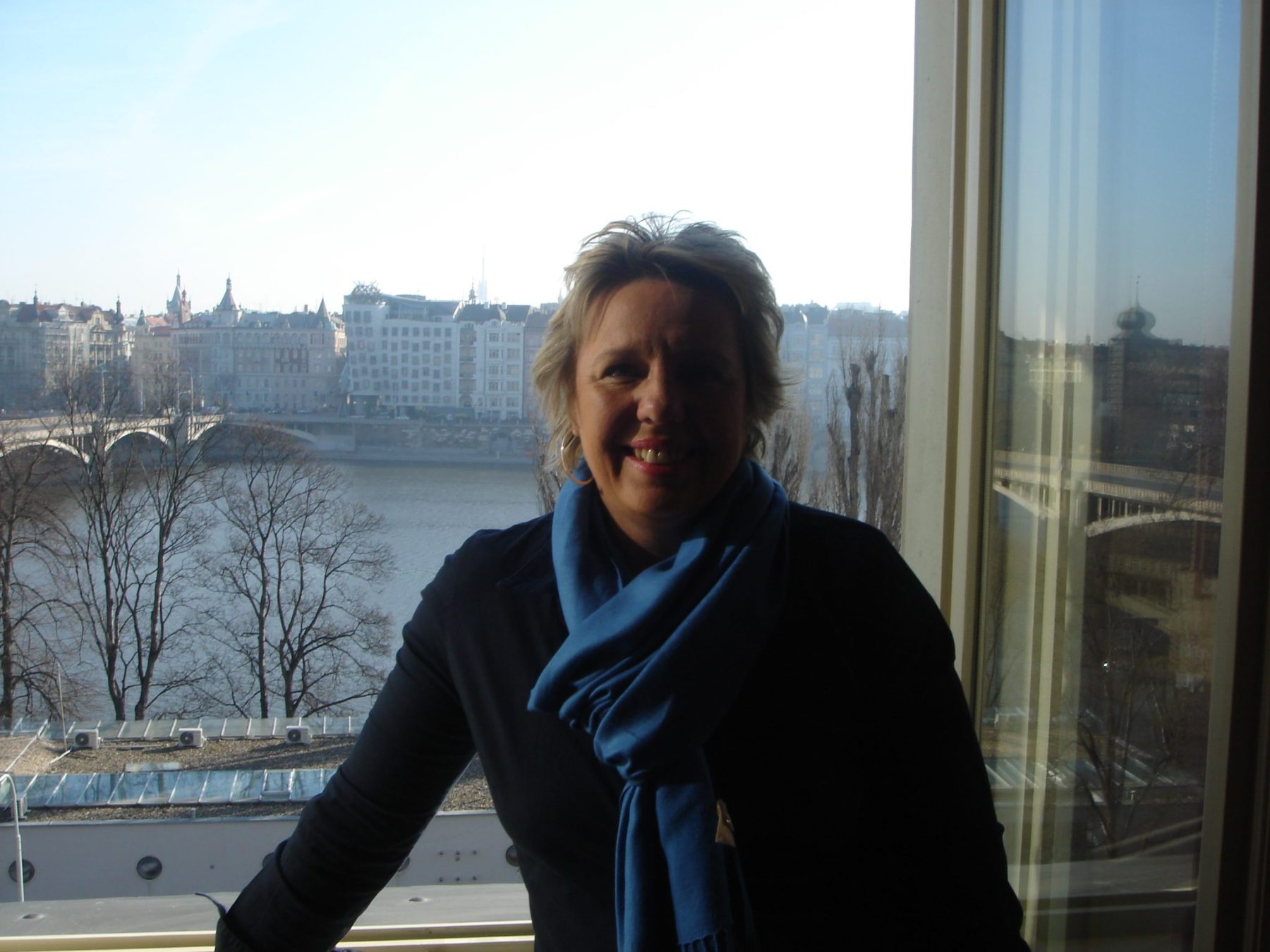

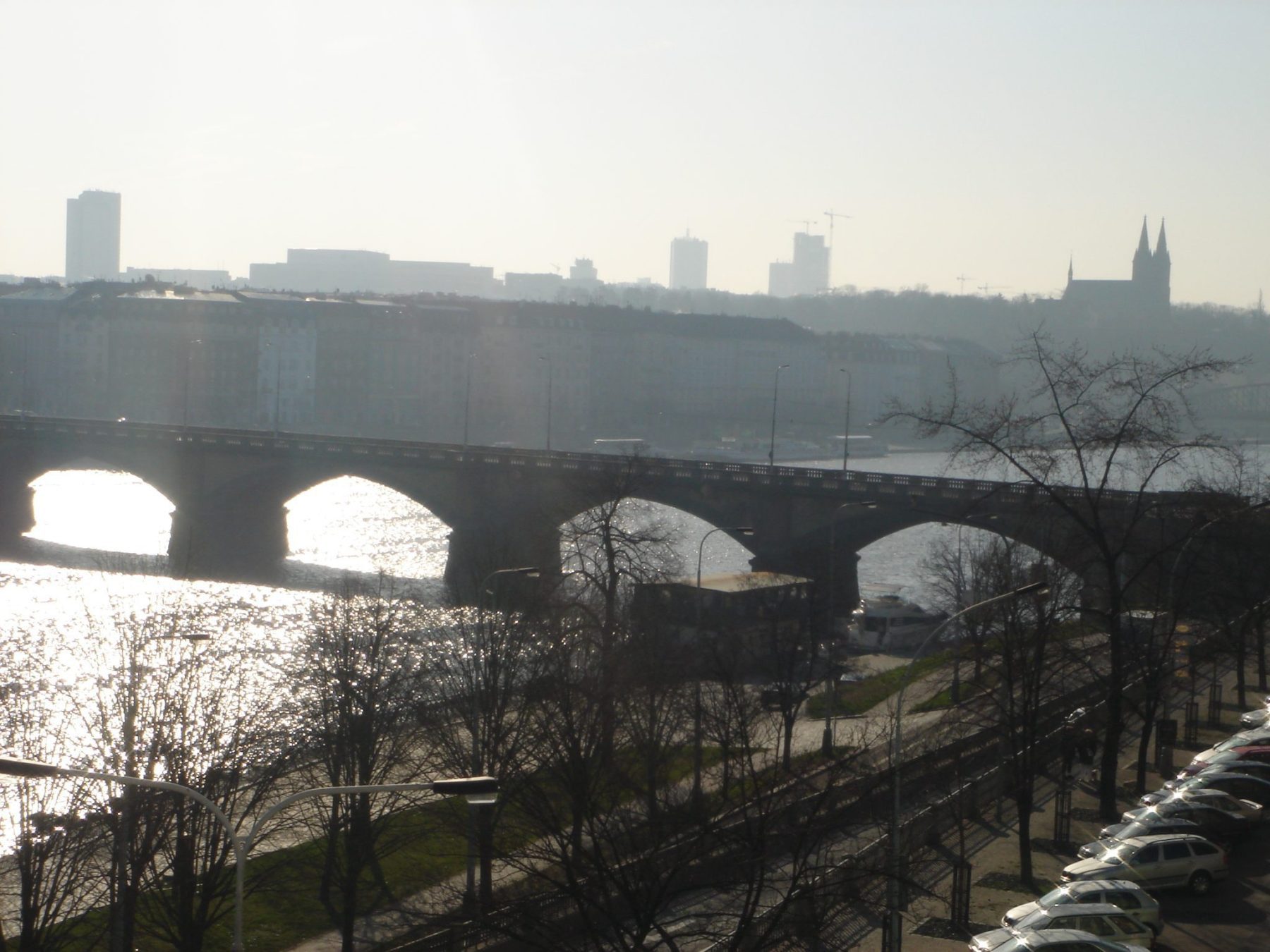
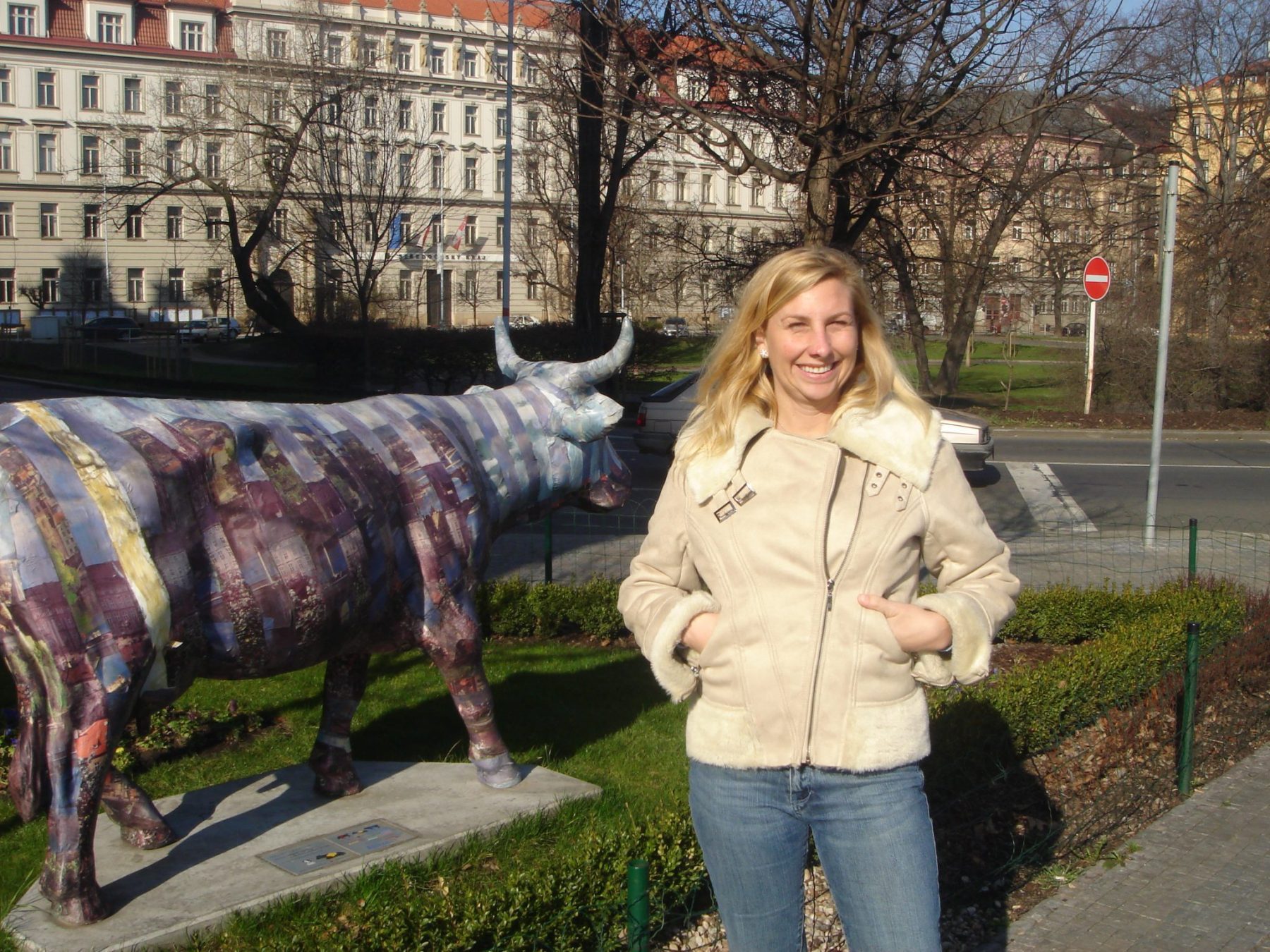
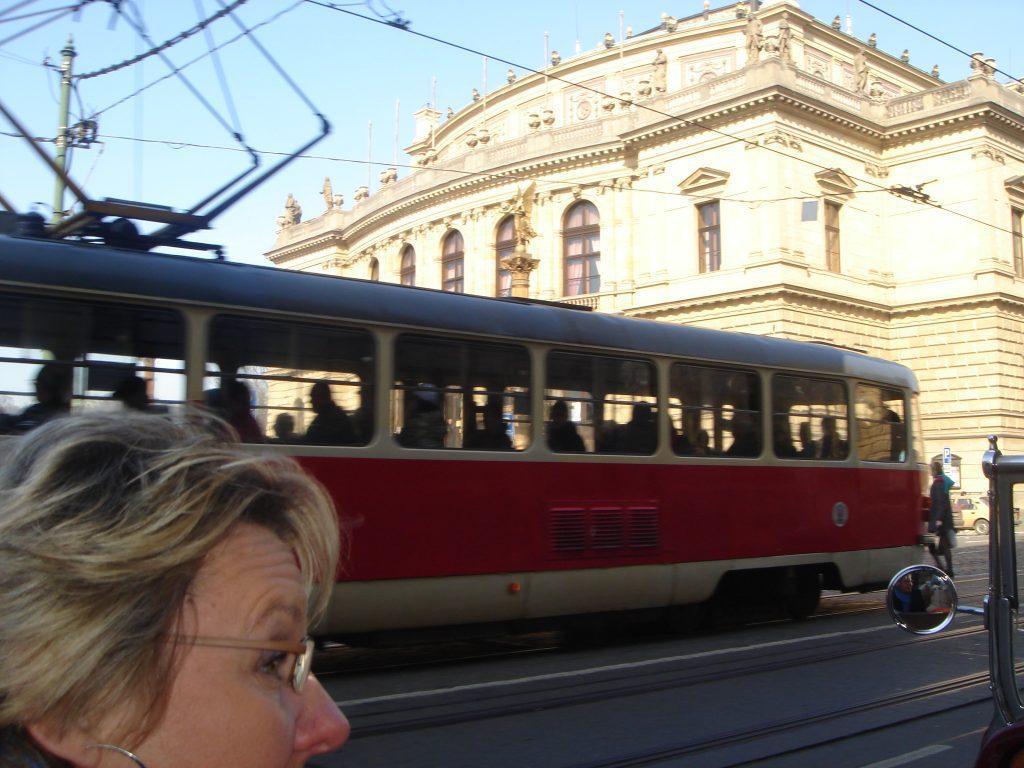

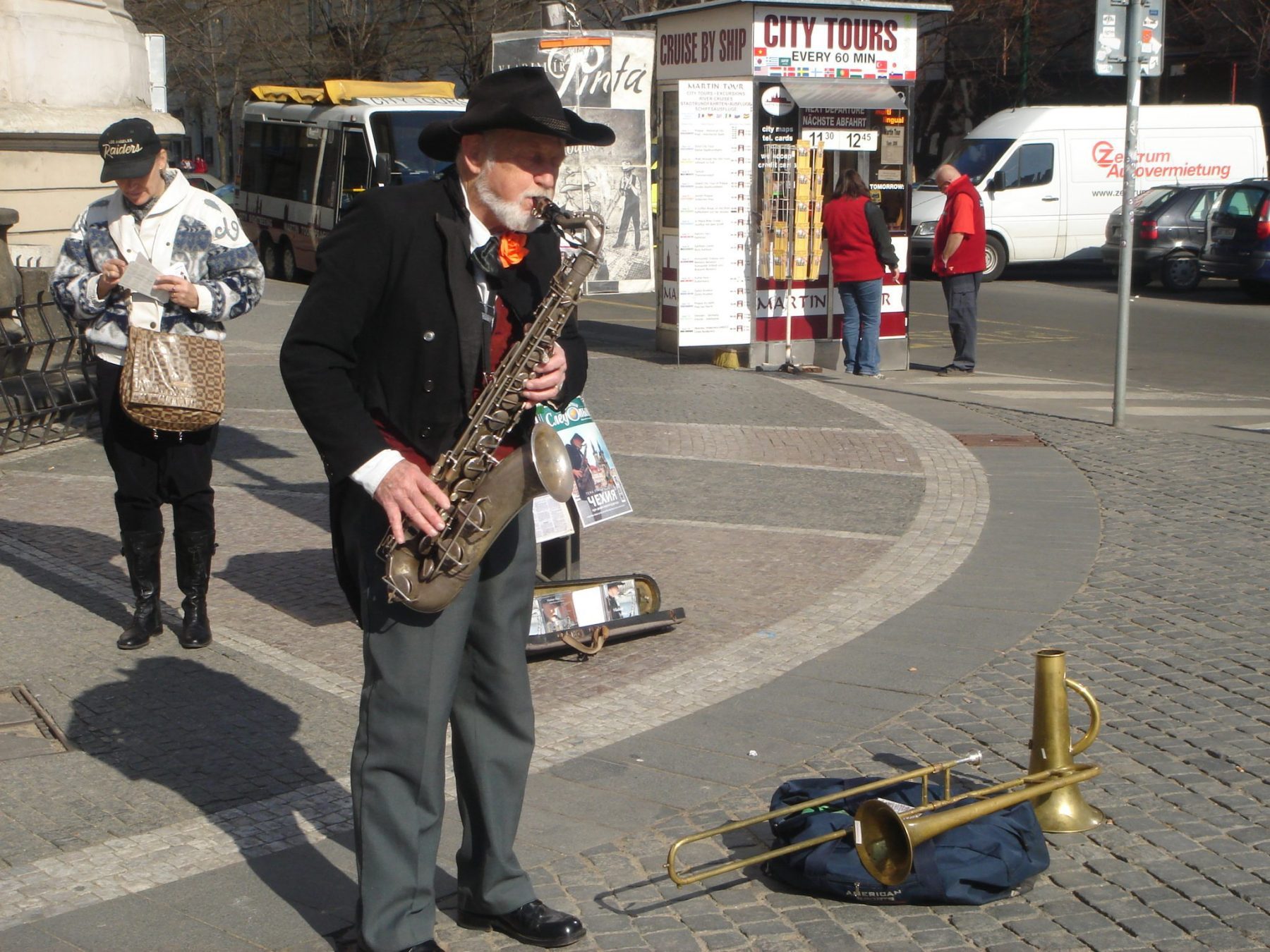
The Dancing House, located in Czechia, Prague, is designed by Frank Gehry and Vlado Milunić. It is an important example of deconstructivism in architecture. When it was first built it caused lots of arguments because of its unusual design.
The Old Town and Square is always worth a visit. The most significant square of historical Prague, it was founded in the 12th century and has been witness to many historical events. The absolute highlight of Old Town Square is the famous Prague Astronomical Clock, a.k.a. Orloj.
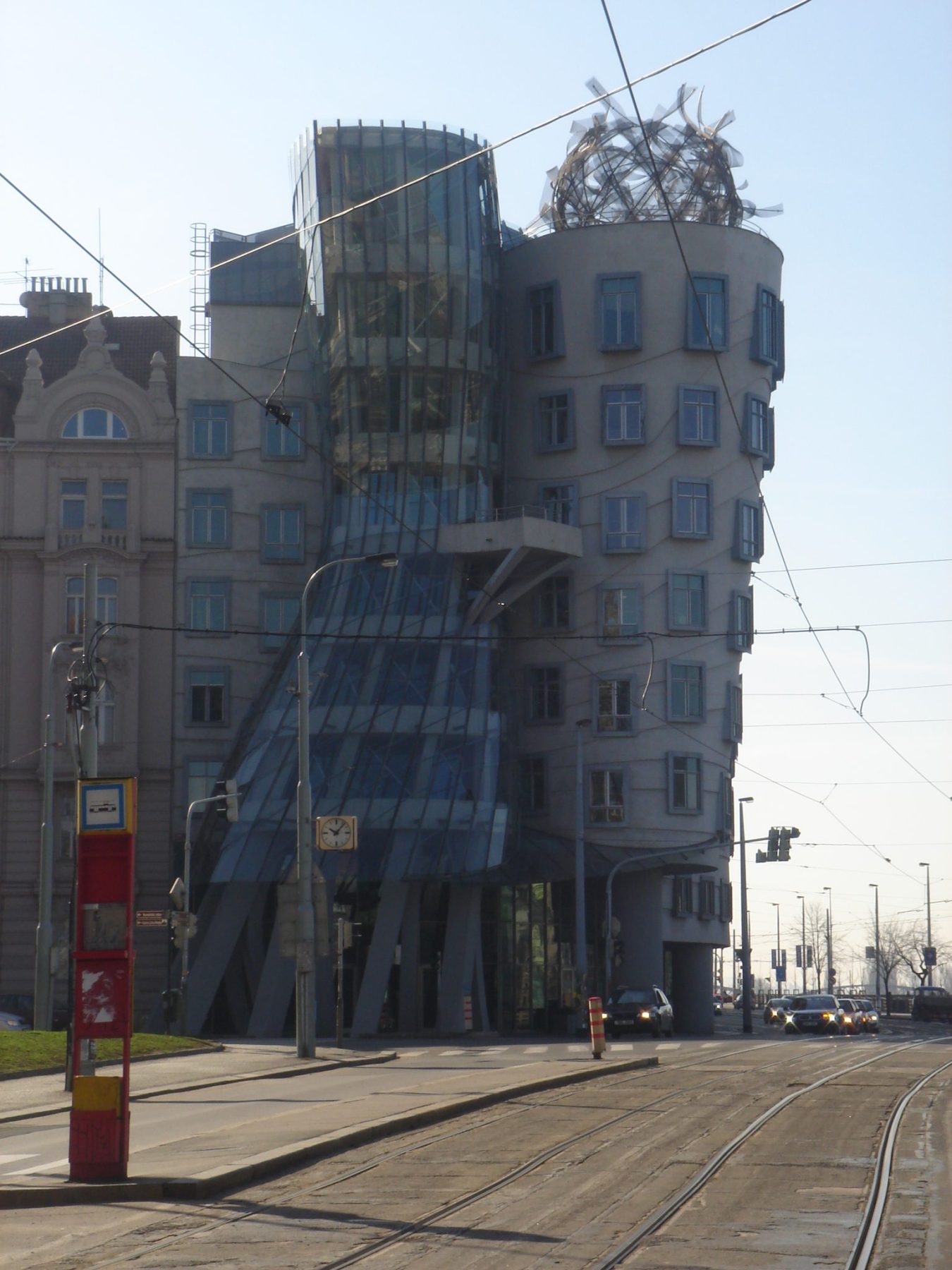
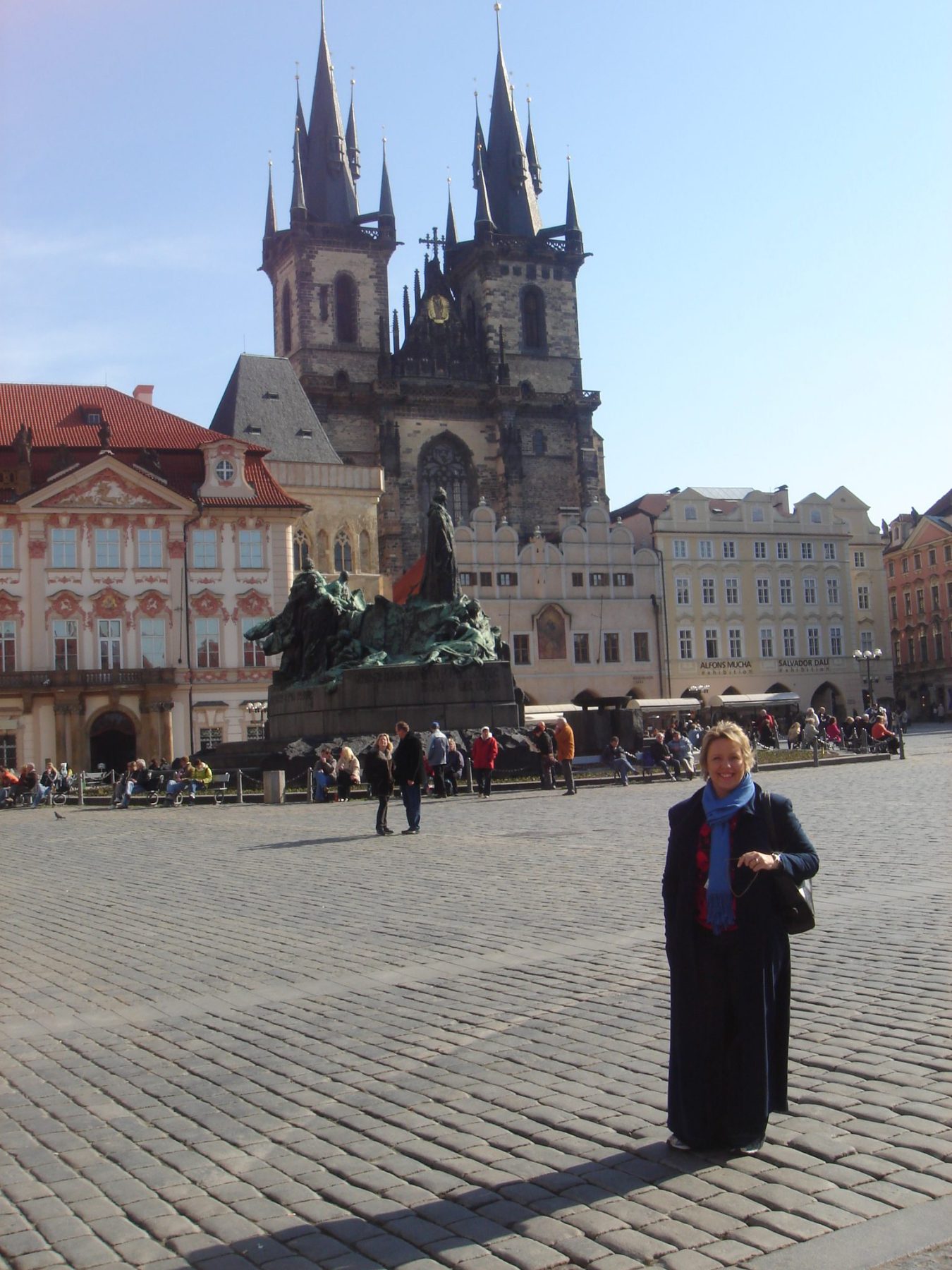
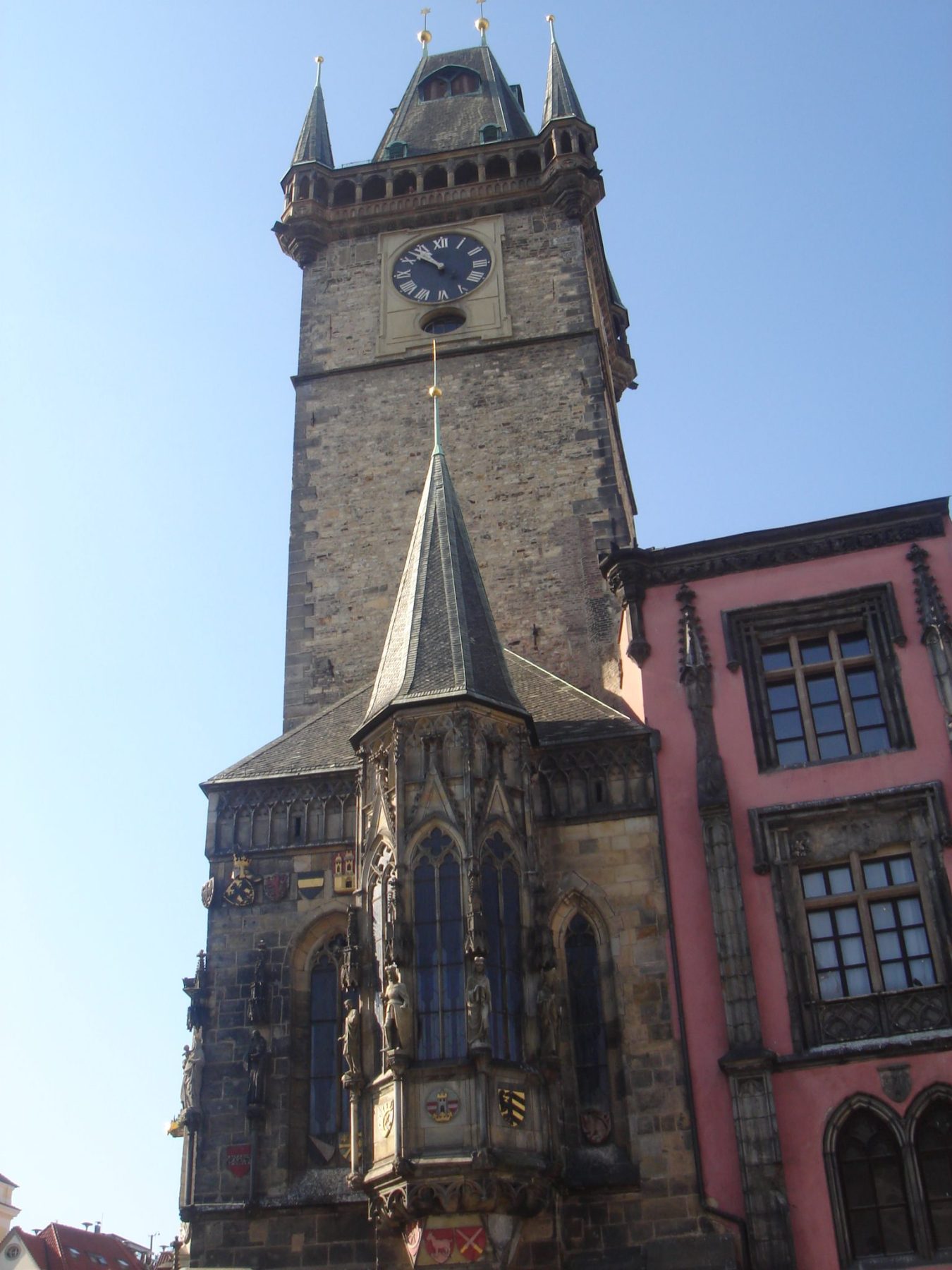


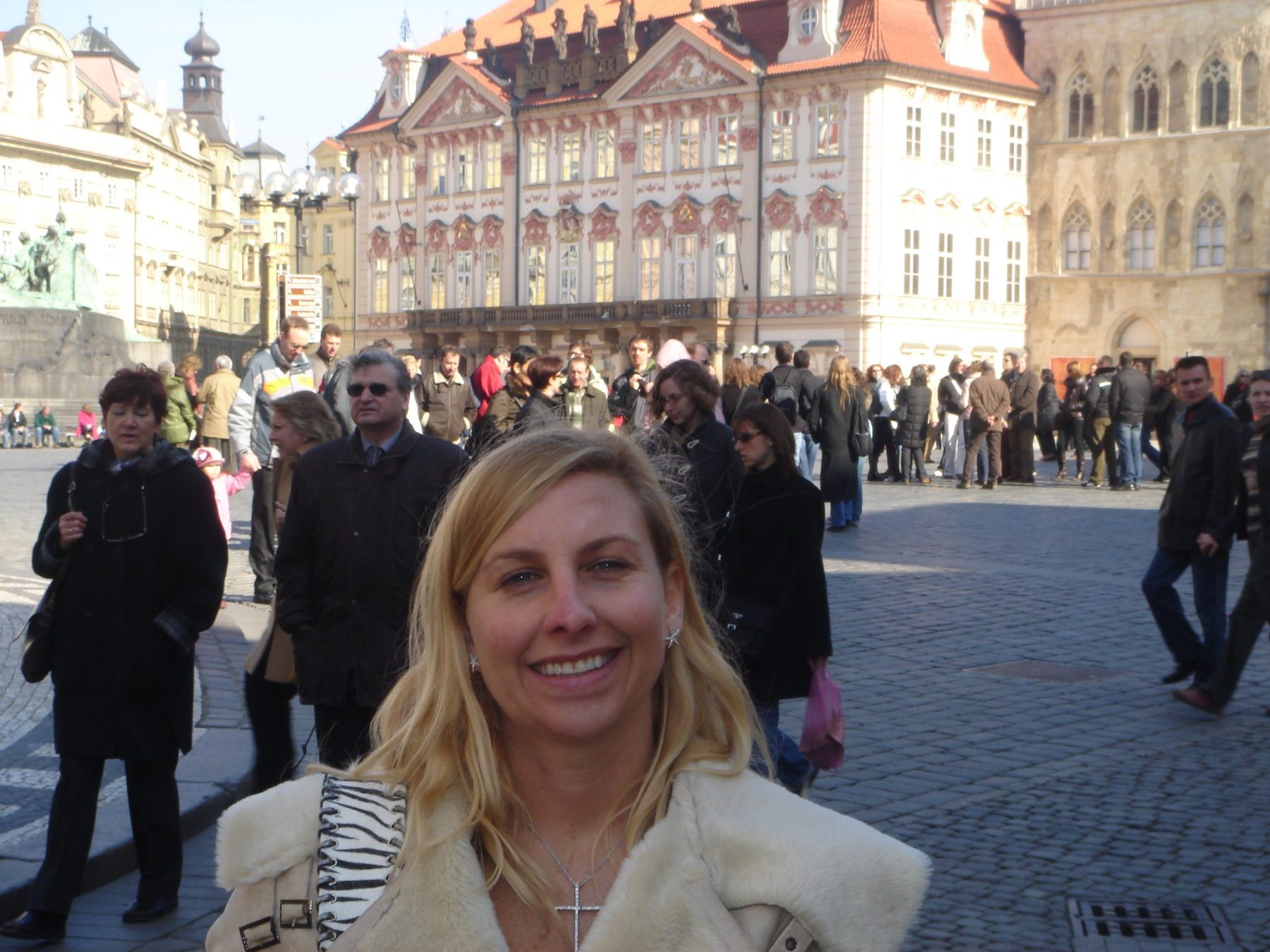
The Prague Astronomical Clock or Prague Orloj is a medieval astronomical clock attached to the Old Town Hall in Prague, the capital of the Czech Republic. The clock was first installed in 1410, making it the third-oldest astronomical clock in the world and the oldest clock still in operation. The astronomical clock in Prague, otherwise known as The Orloj, shows the relative positions of the Sun, Moon, Earth, and Zodiac constellations. It also tells the time, provides the date, and, best of all, provides some theatre for its viewers on the hour, every hour.
We had opted to do a tour in a classic car around the city. Our guide had lived through the cold war. His parents had owned a corner shop and had been accused of syphoning funds and had spent years work in in slat mines as hard labour punishment… a fun way to orientate yourself in the city.
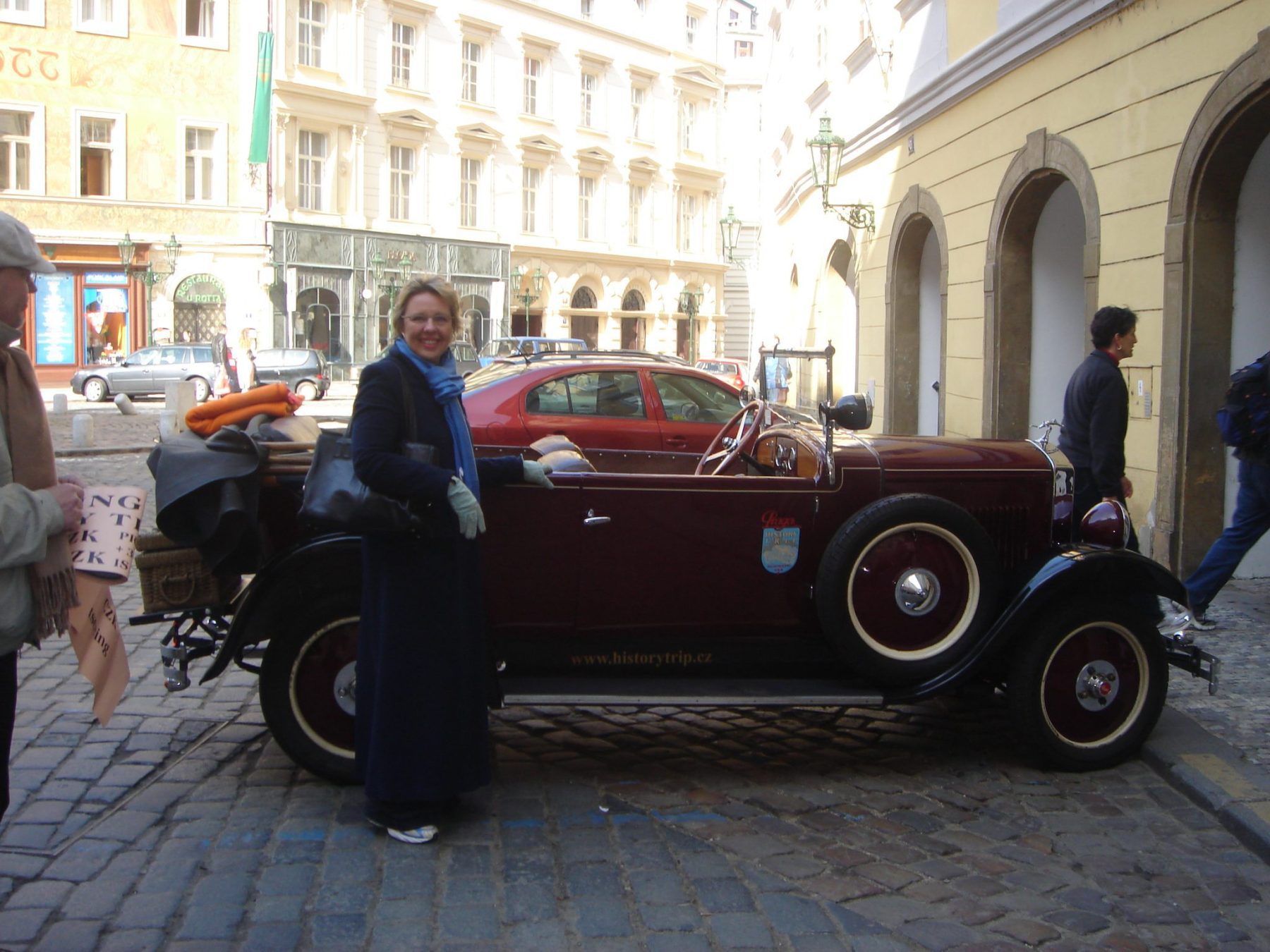
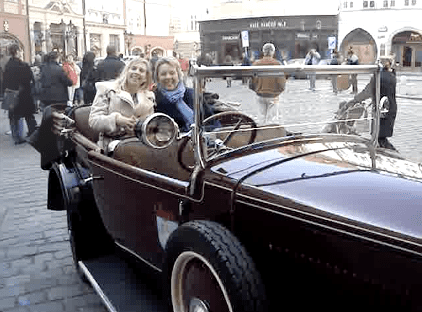
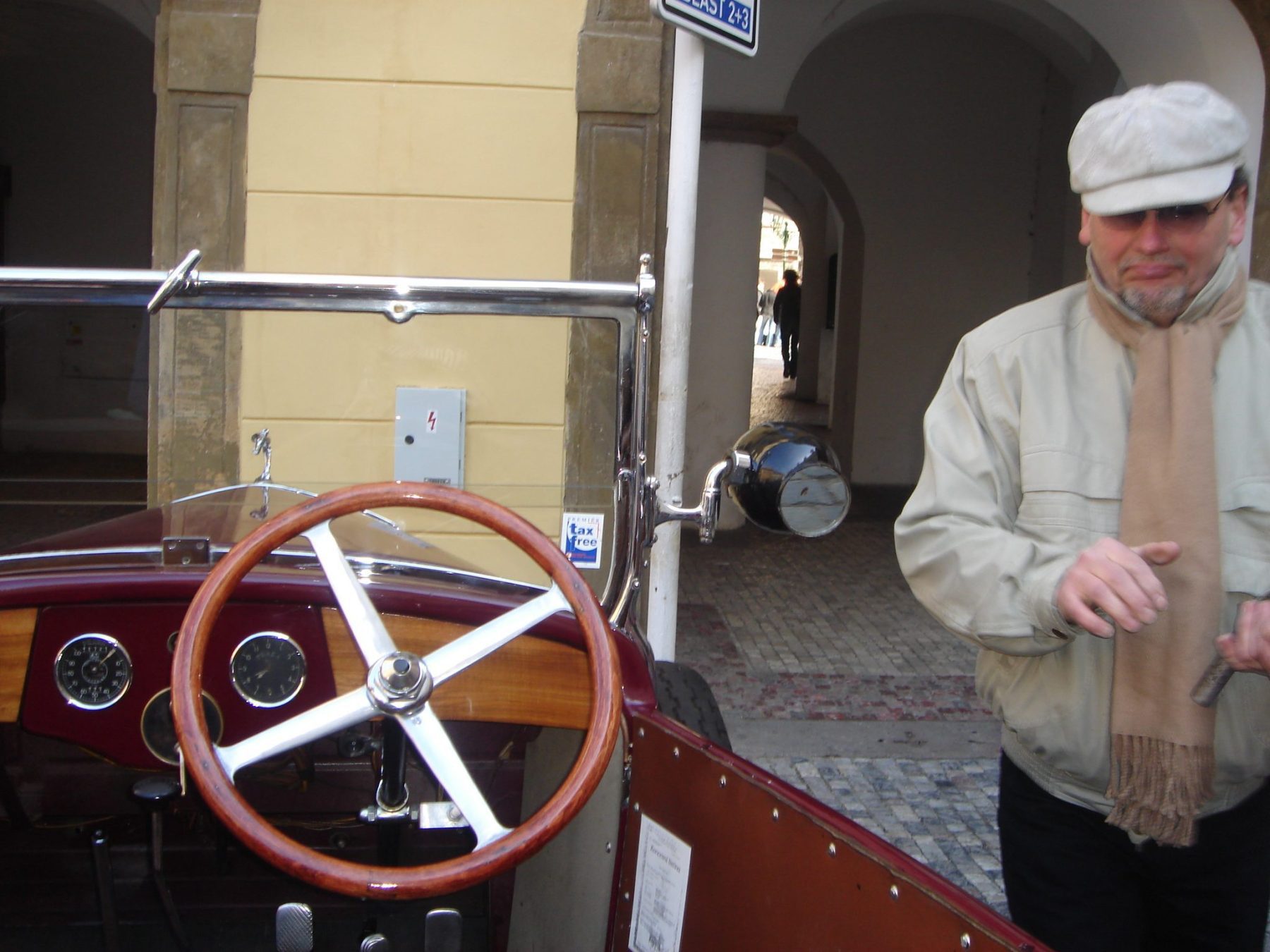
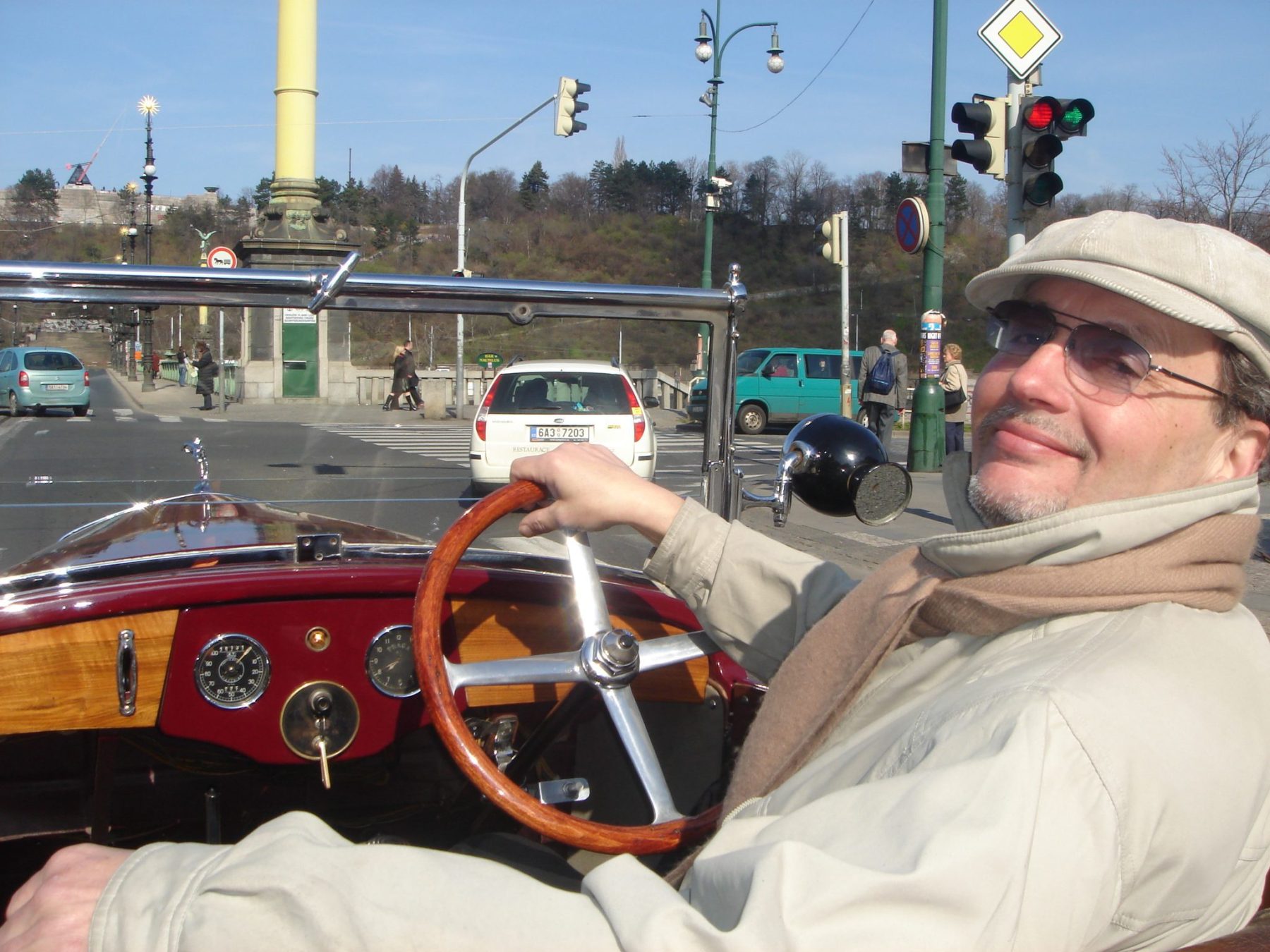
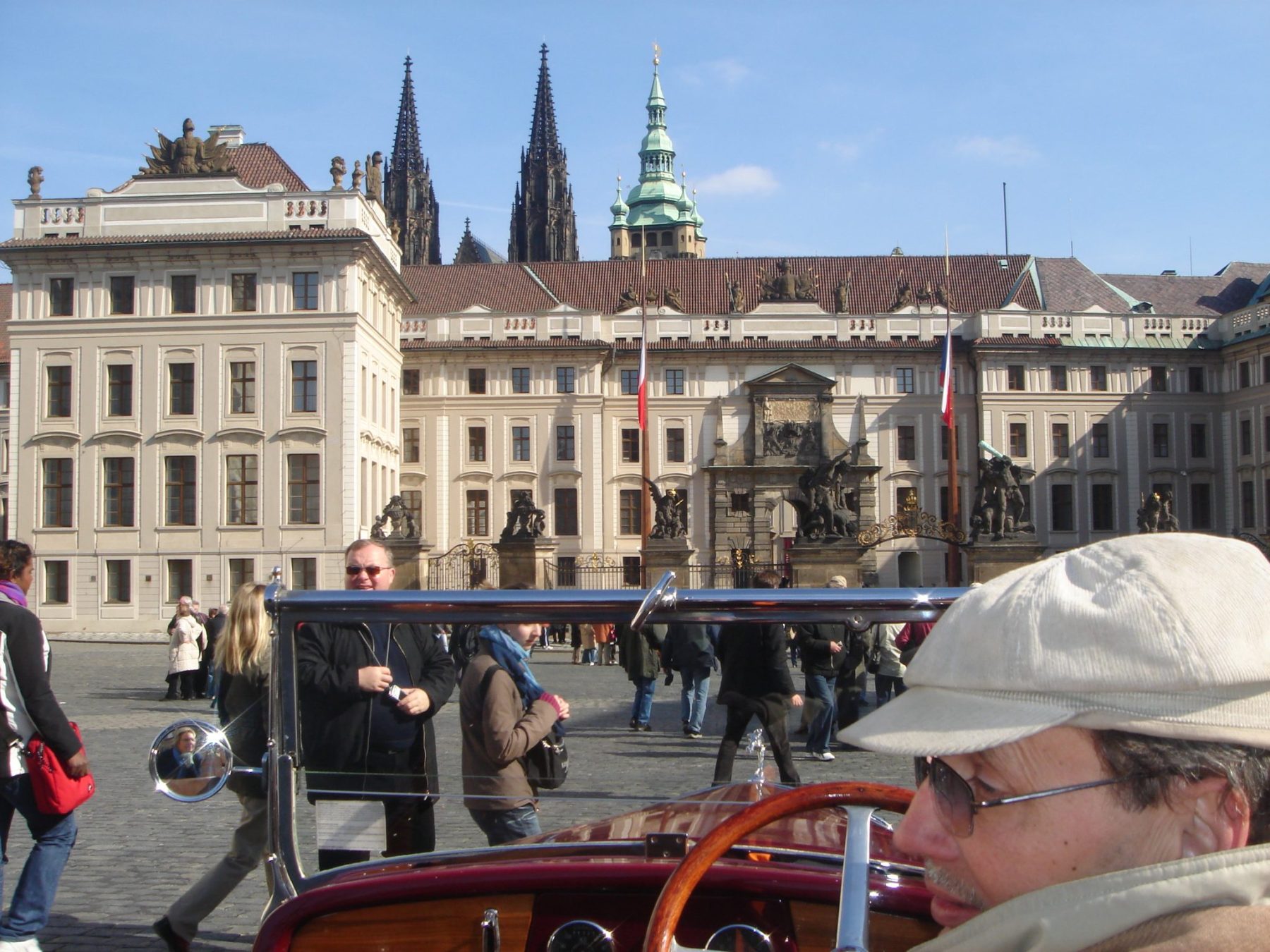
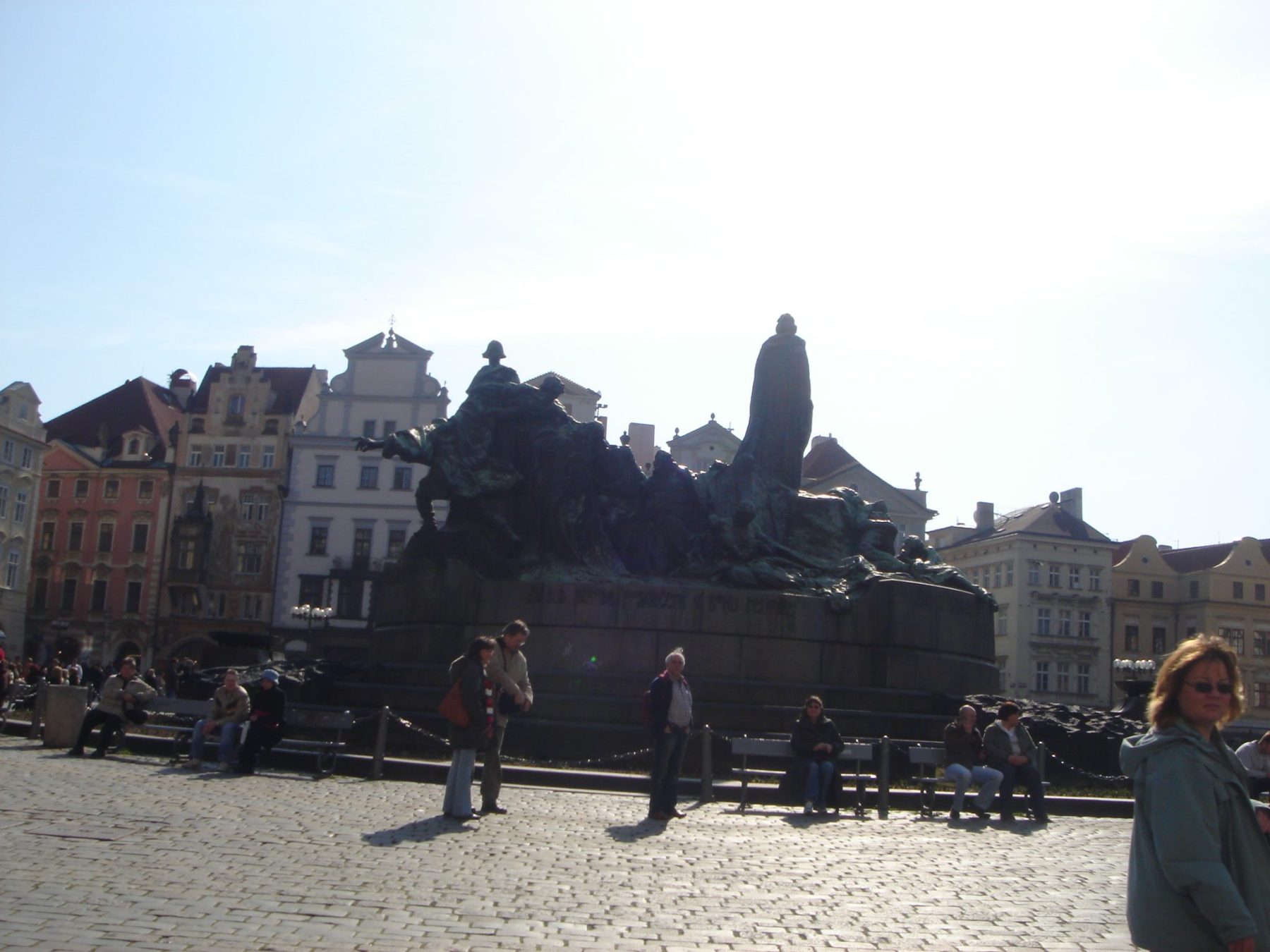
We then wandered across the Charles Bridge – this is a medieval stone arch bridge that crosses the Vltava river in Prague, Czech Republic. Its construction started in 1357 under the auspices of King Charles IV, and finished in the early 15th century. There are plenty of artists selling their trades. The idea is to rub the grille with the left hand to actually bring good luck. On the other hand, many wrongly believe the grille to be a place for “love locks”. It is not. This exact location is where Saint John of Nepomuk was thrown off the Charles Bridge after being tortured and killed. There are 30, predominantly Baroque, statues and groups of statues on Charles Bridge. Most of them were created at the turn of the 17th and 18th centuries. Today the statues are gradually being replaced by copies for reasons of preservation.

